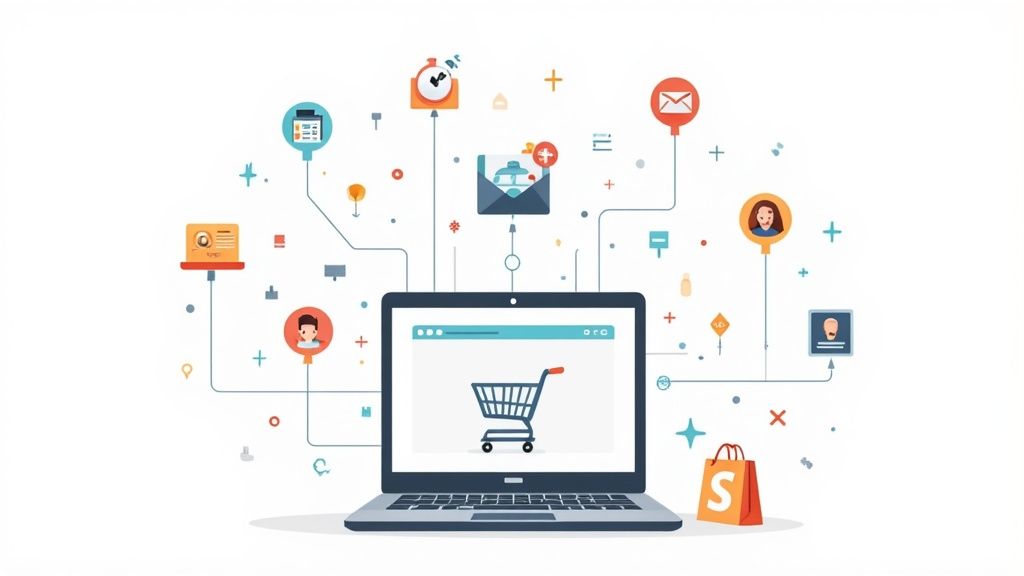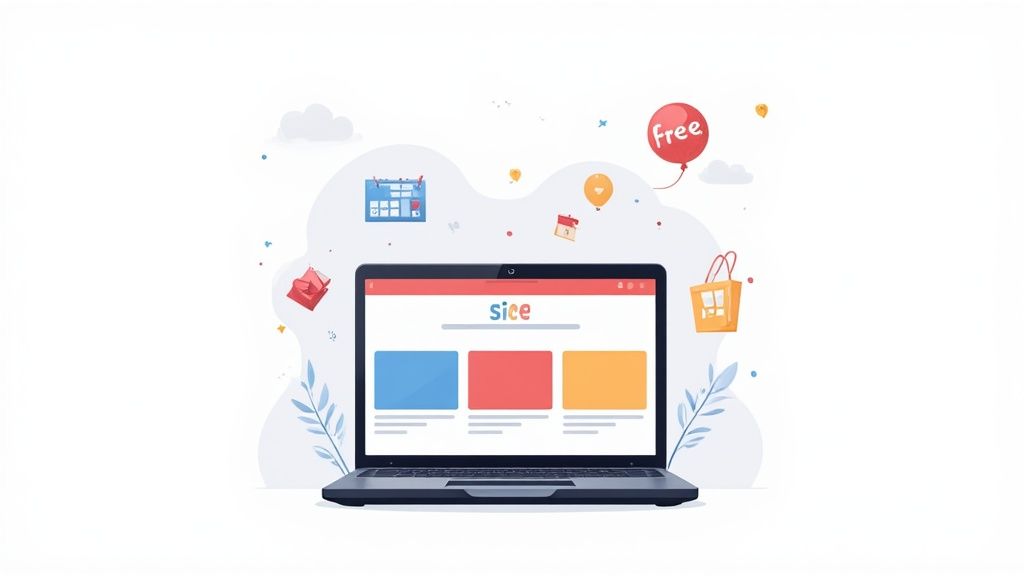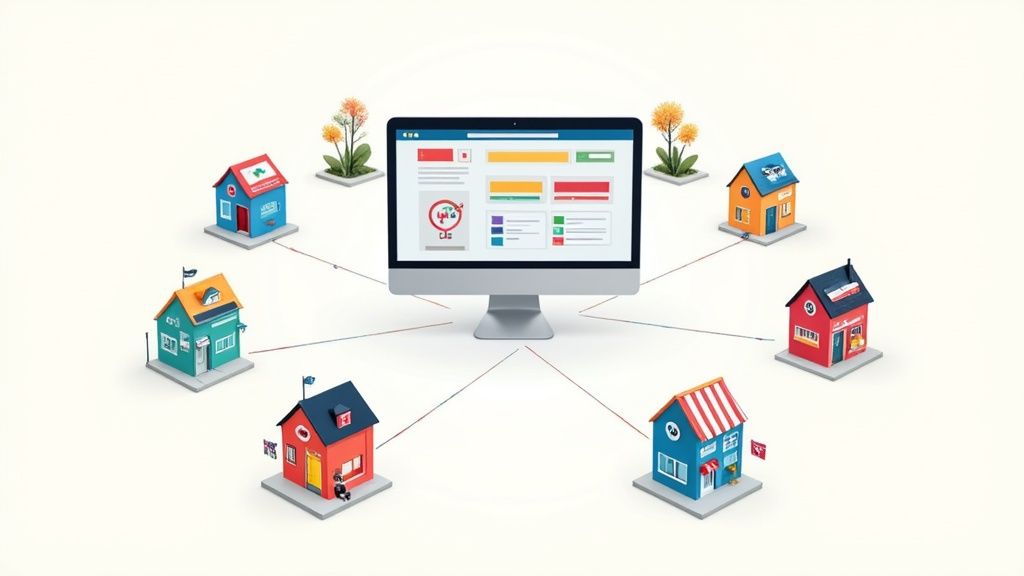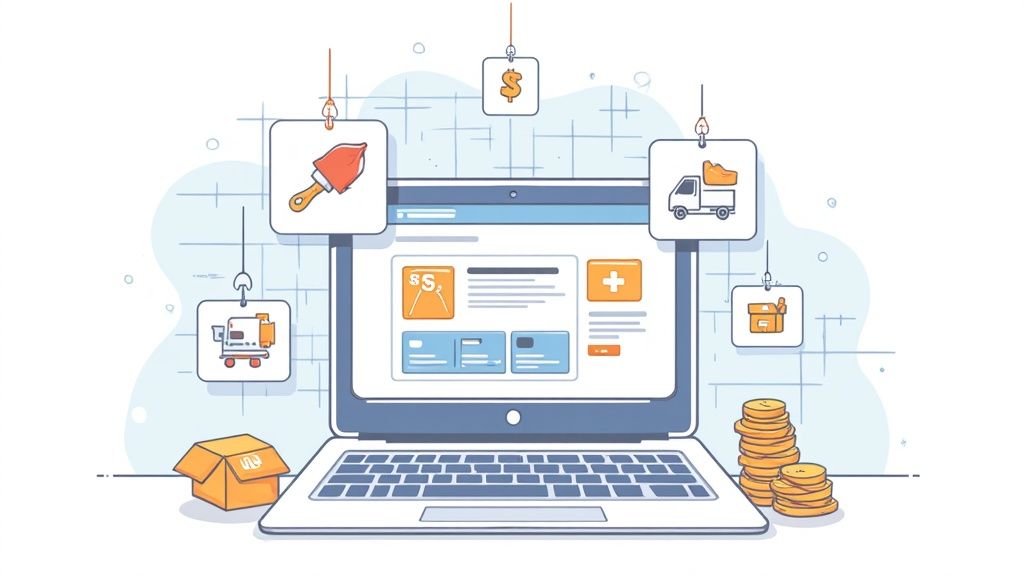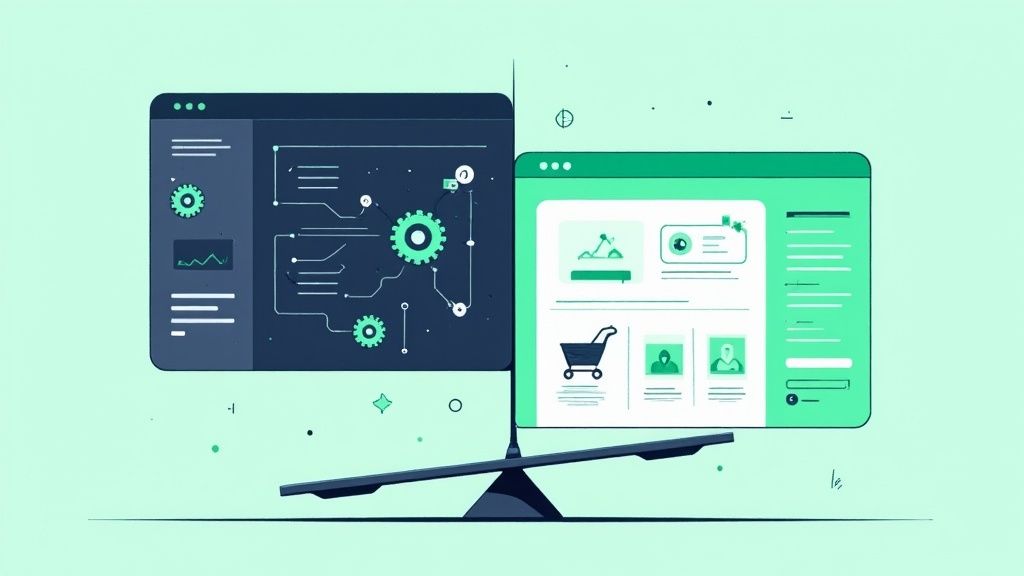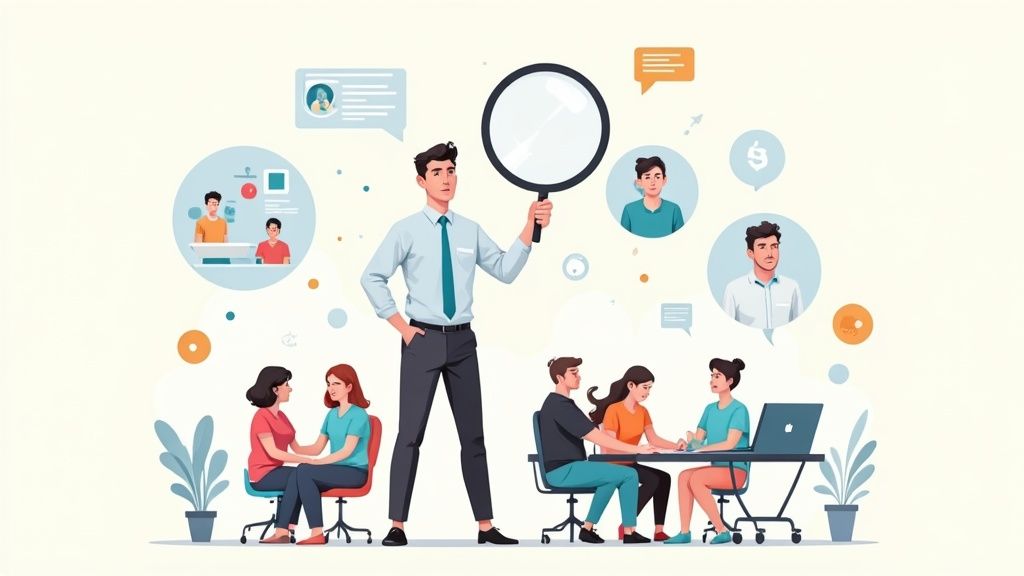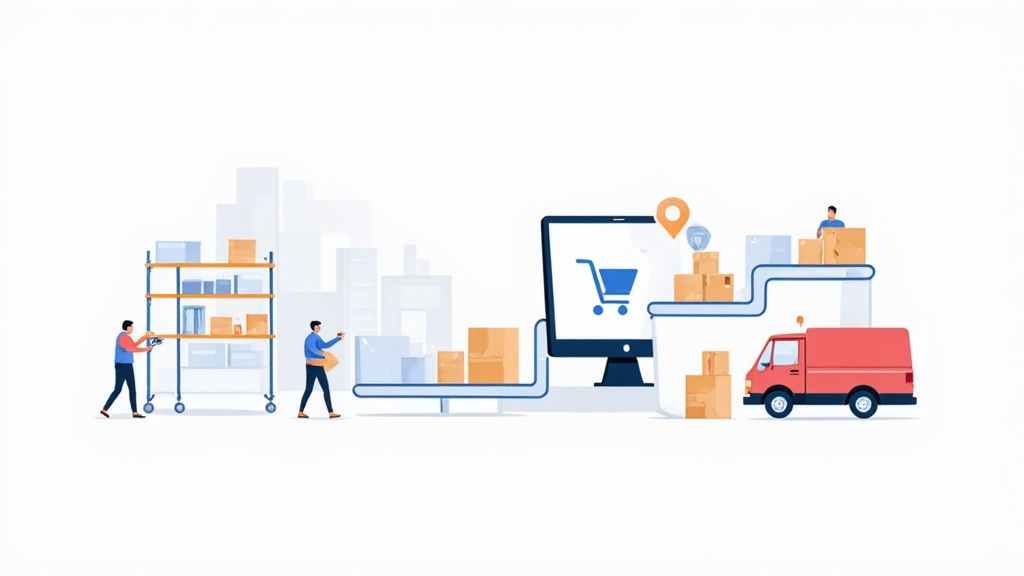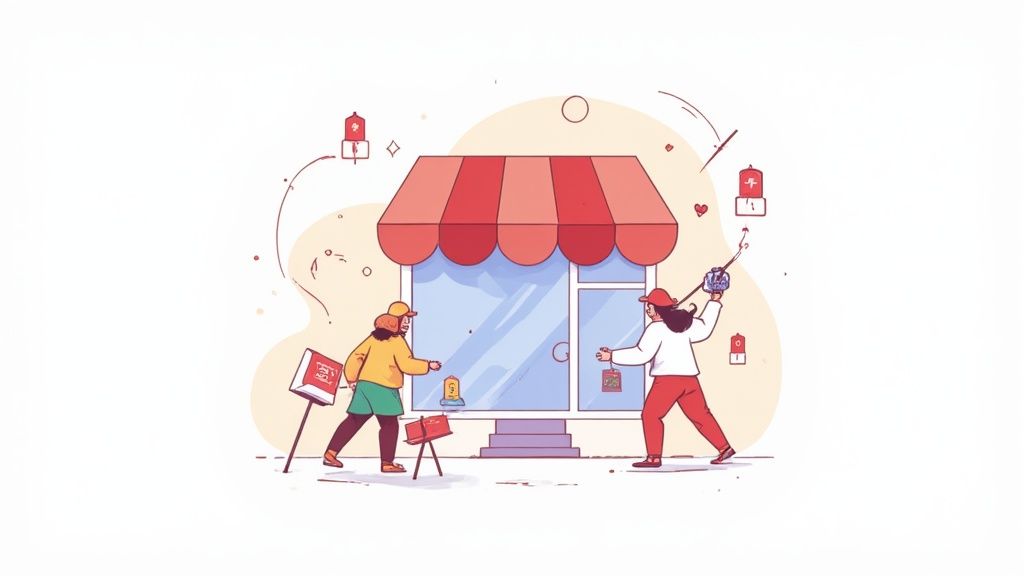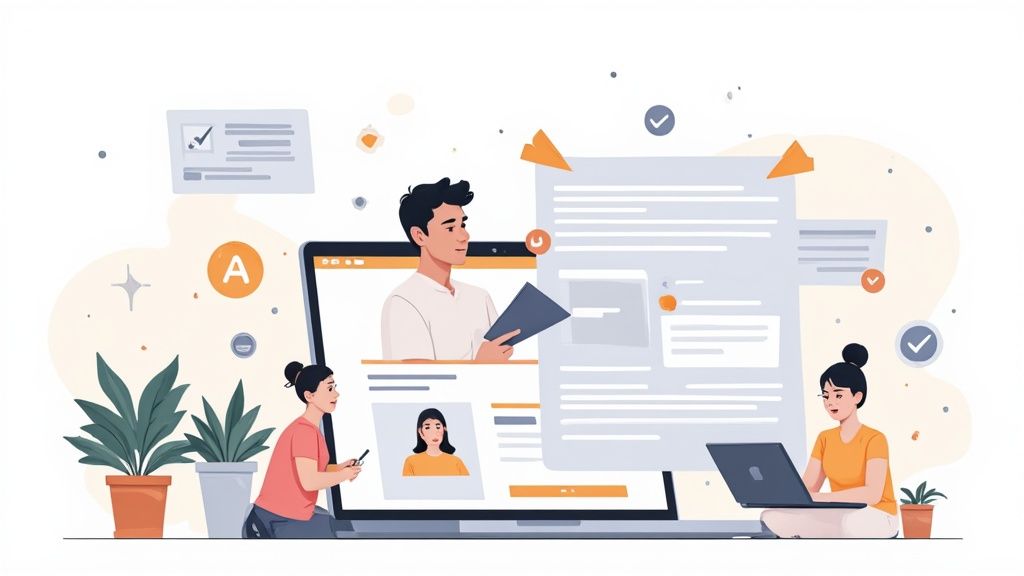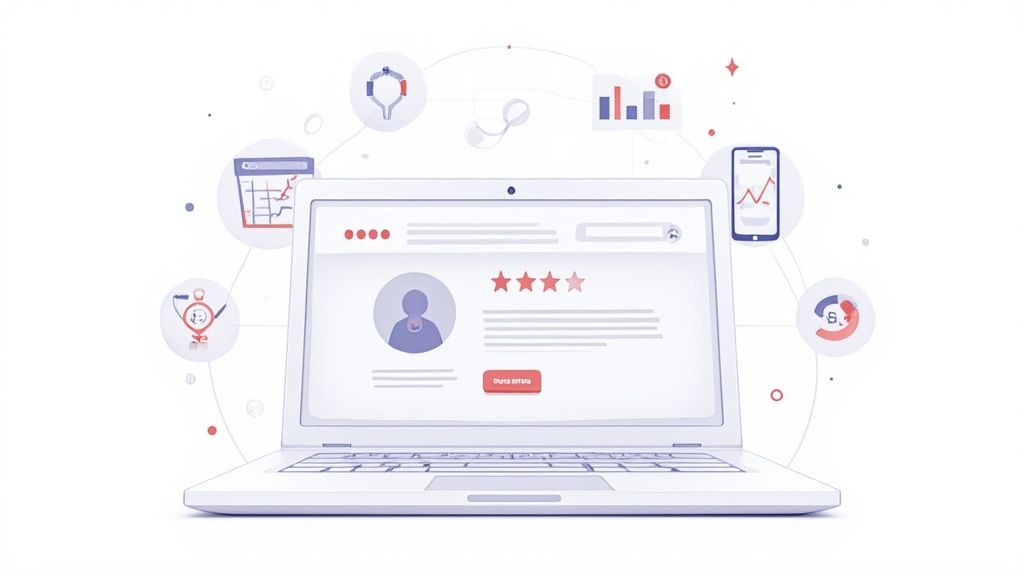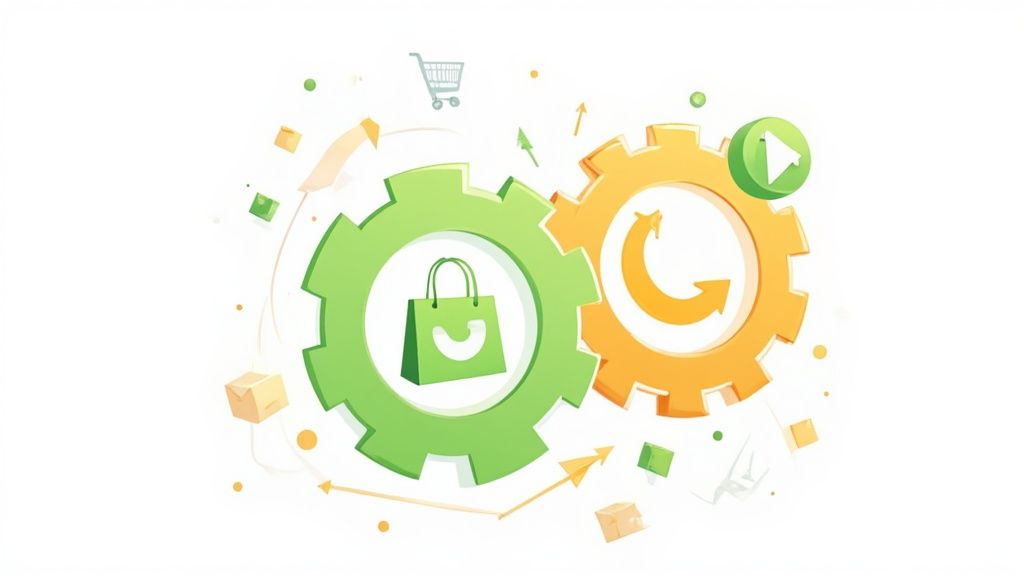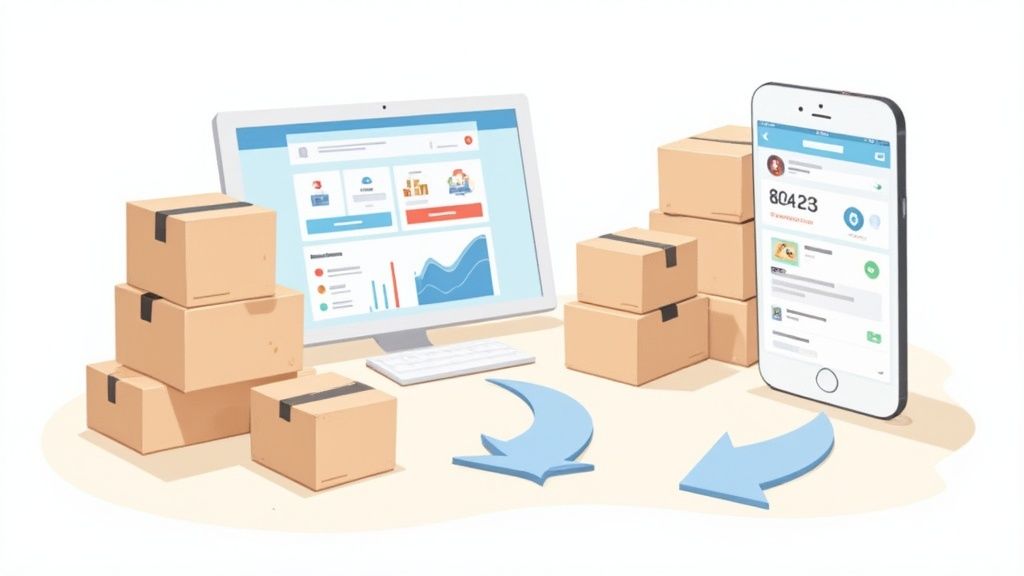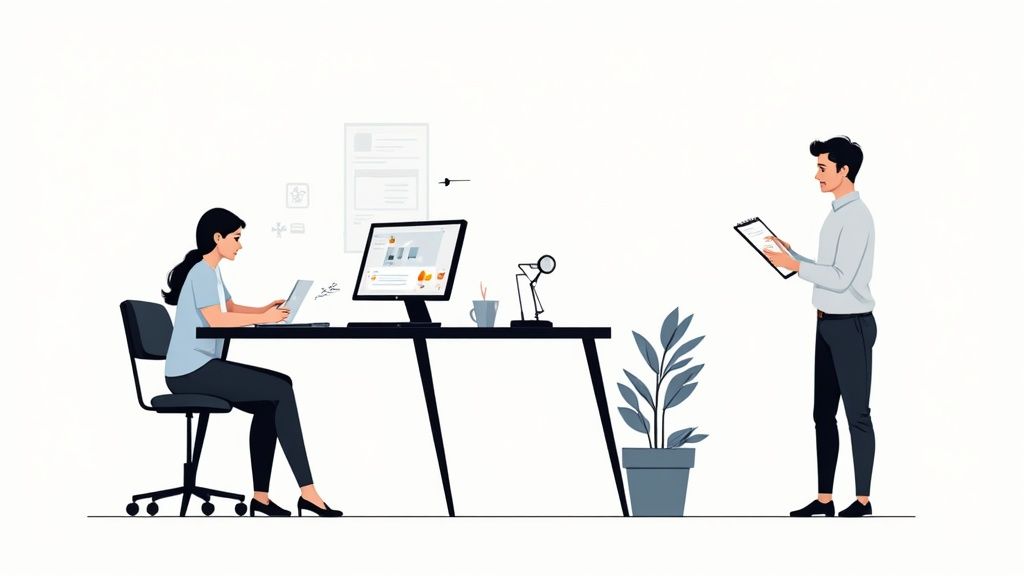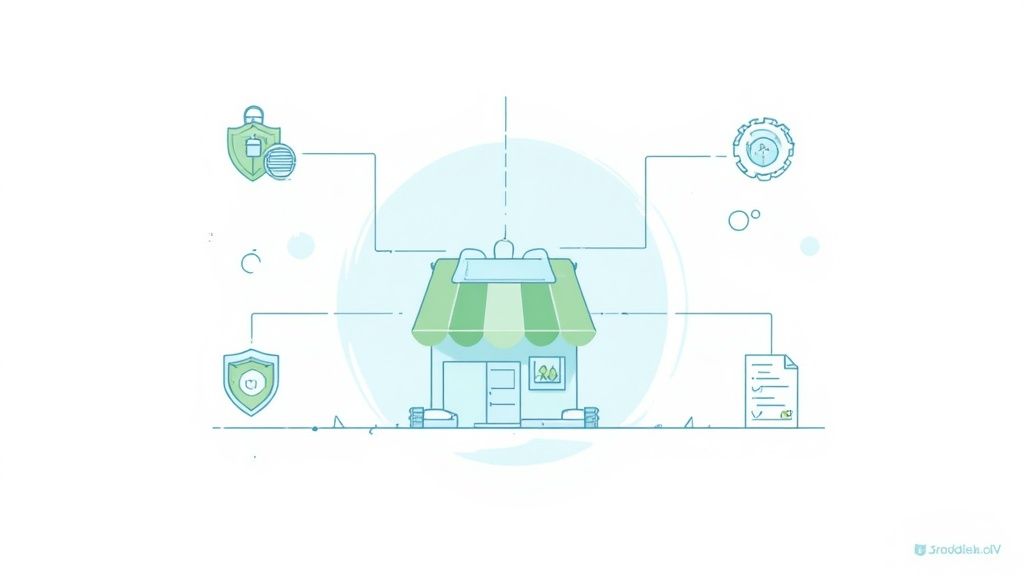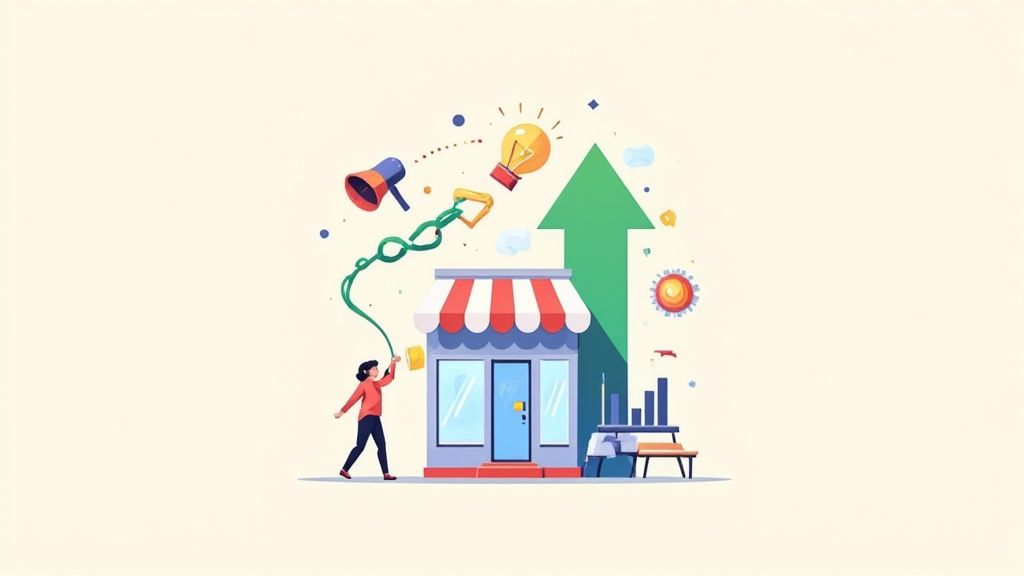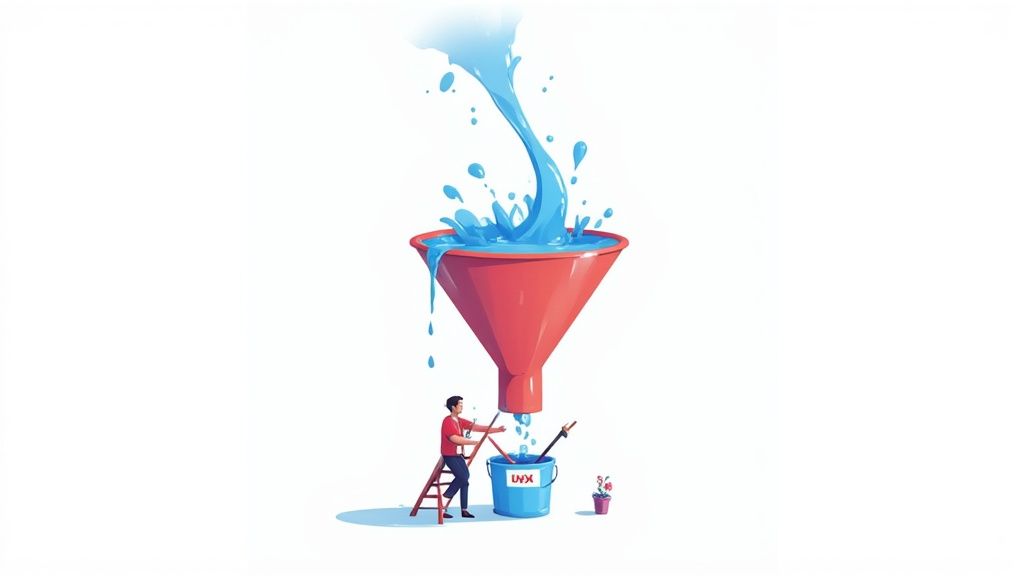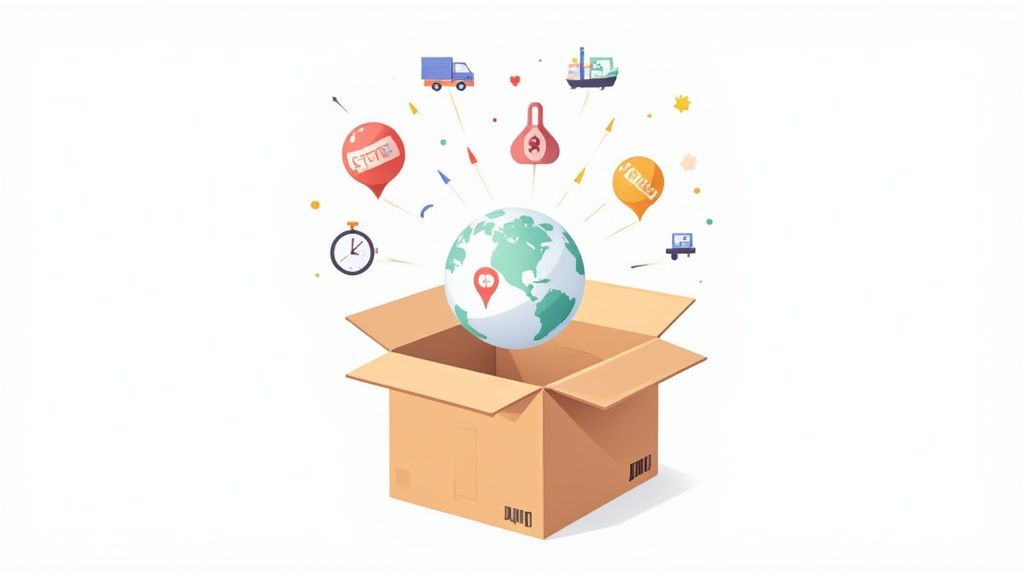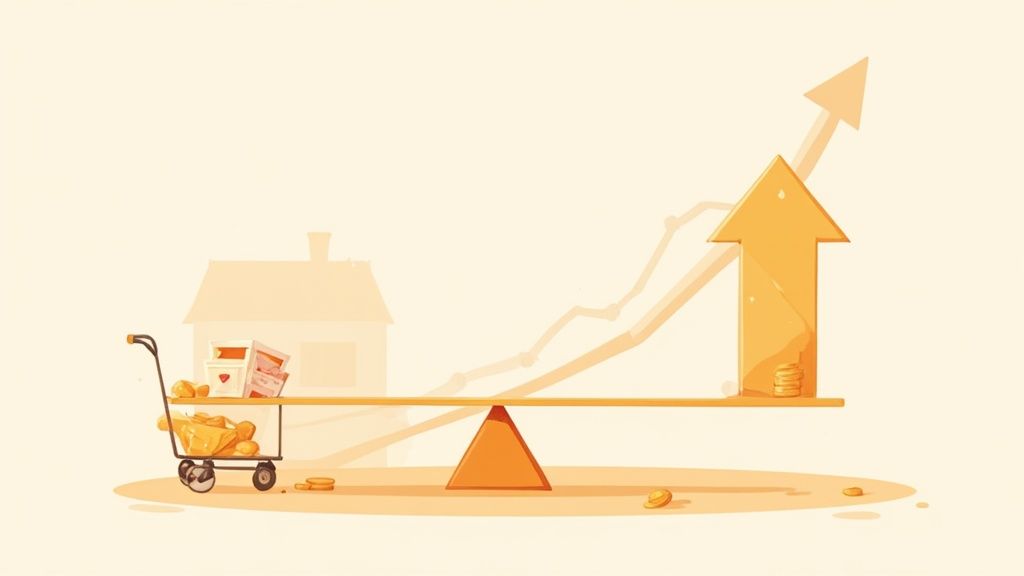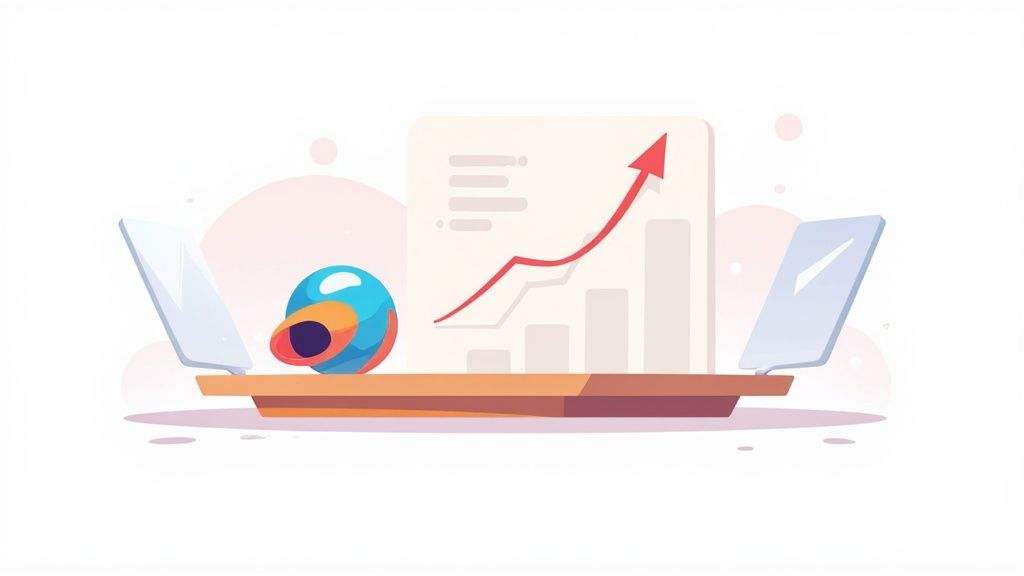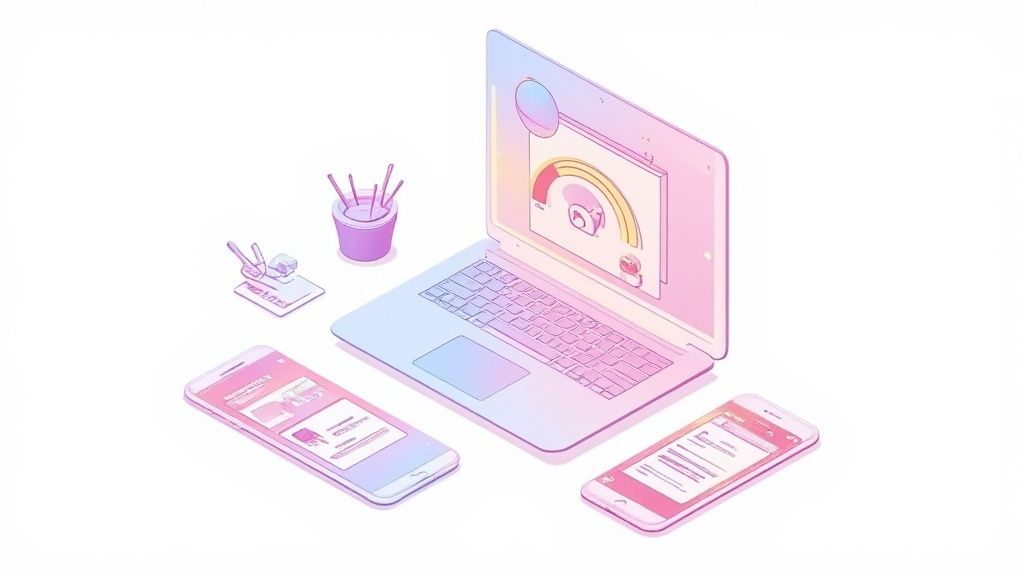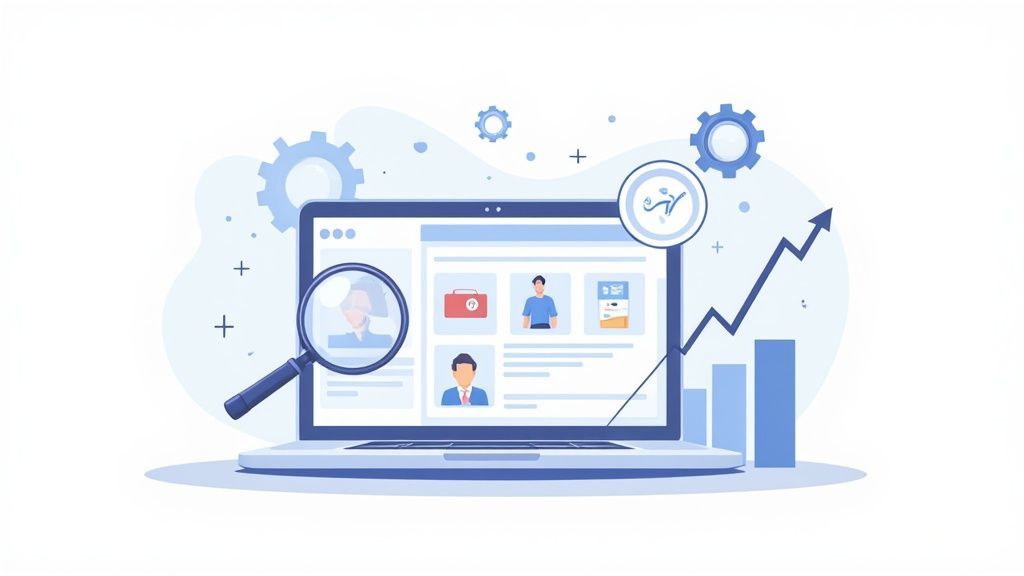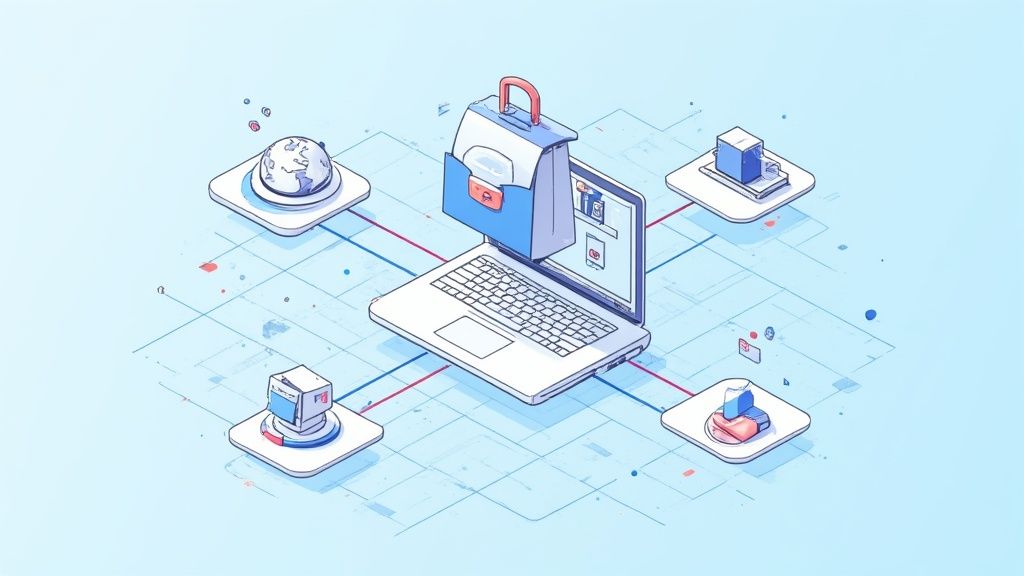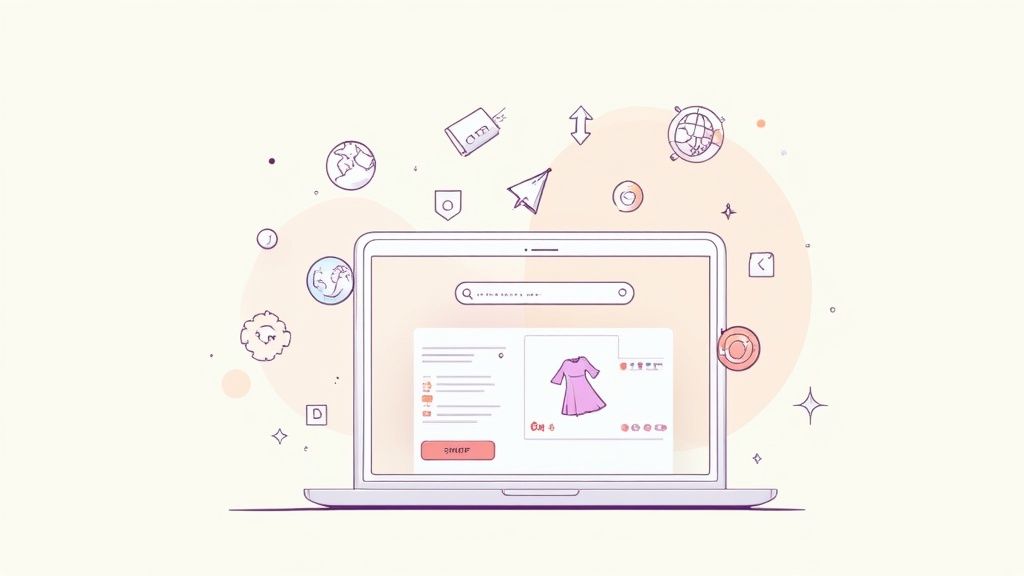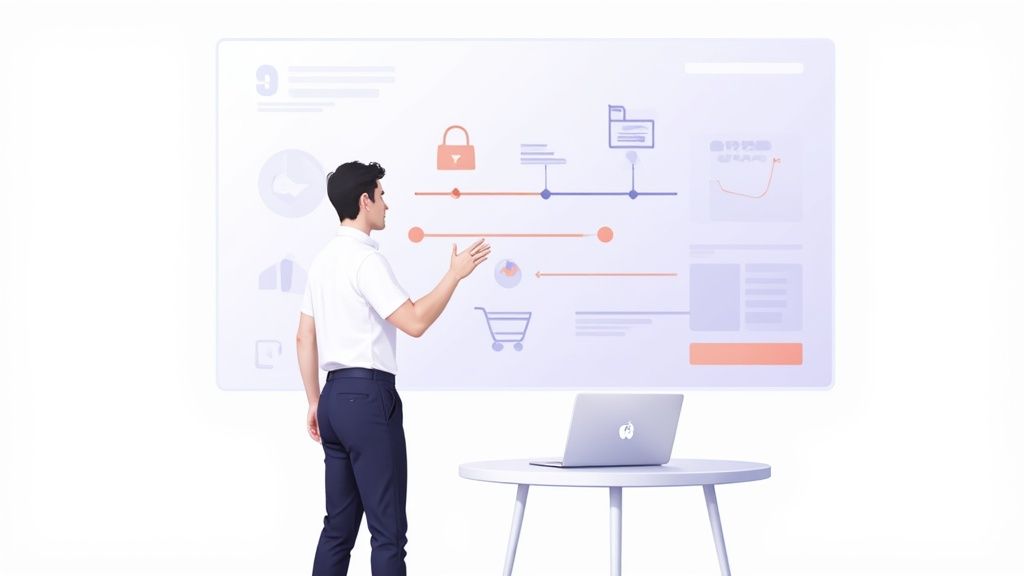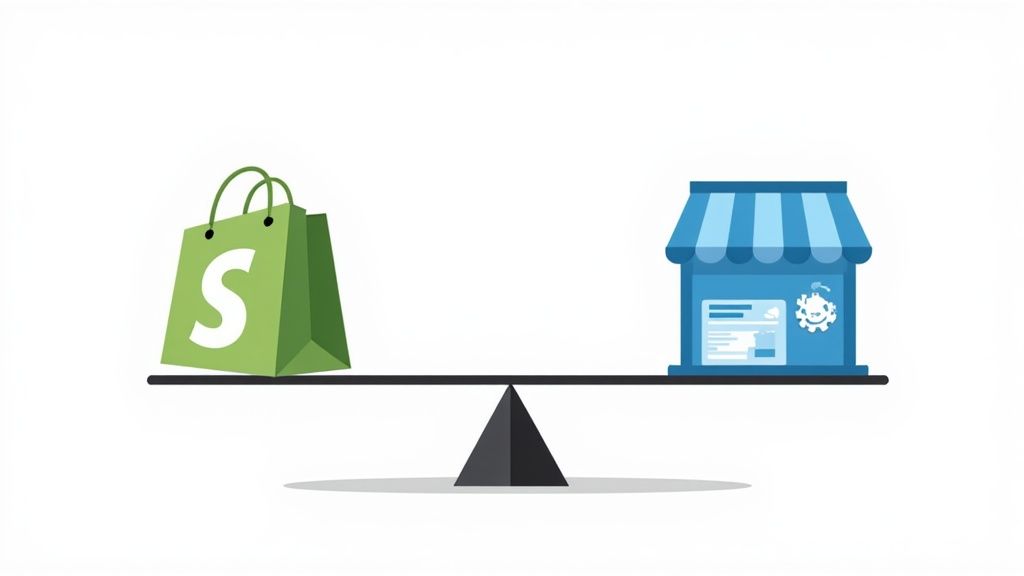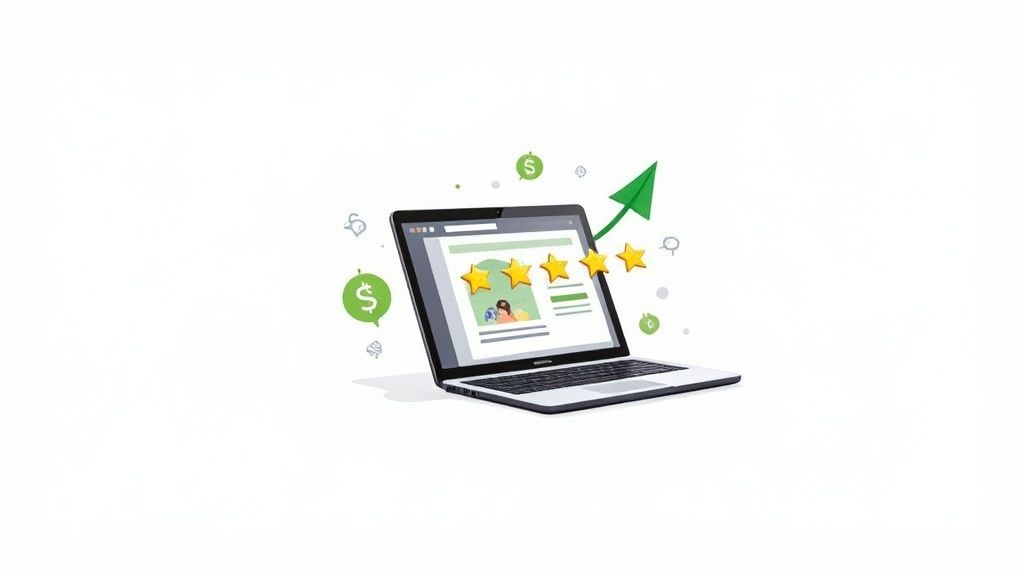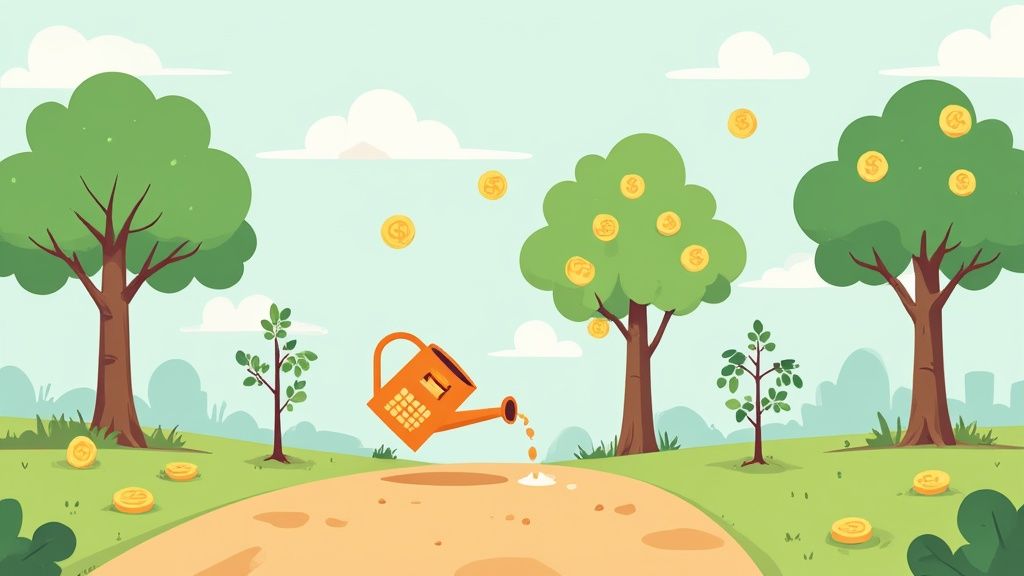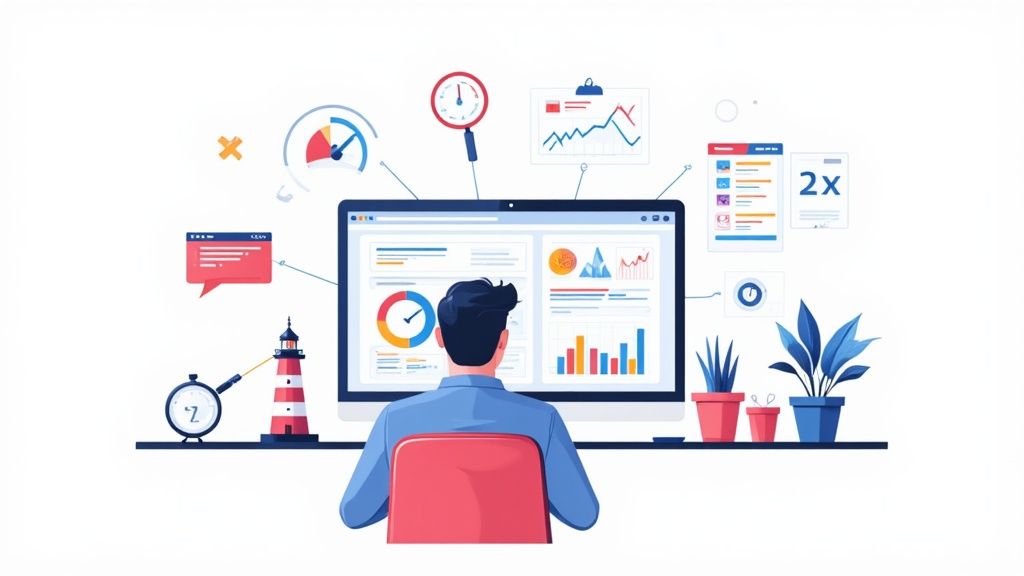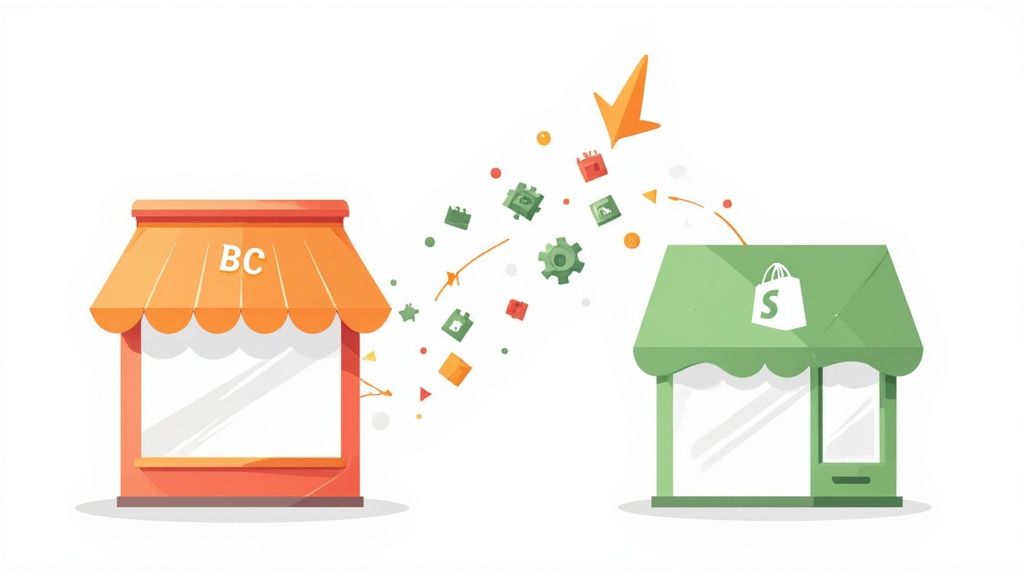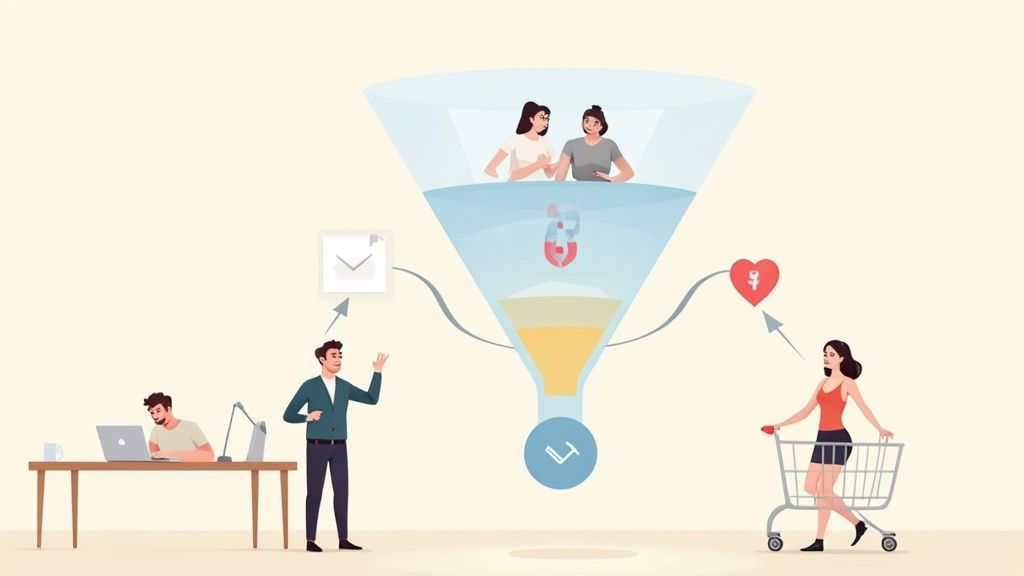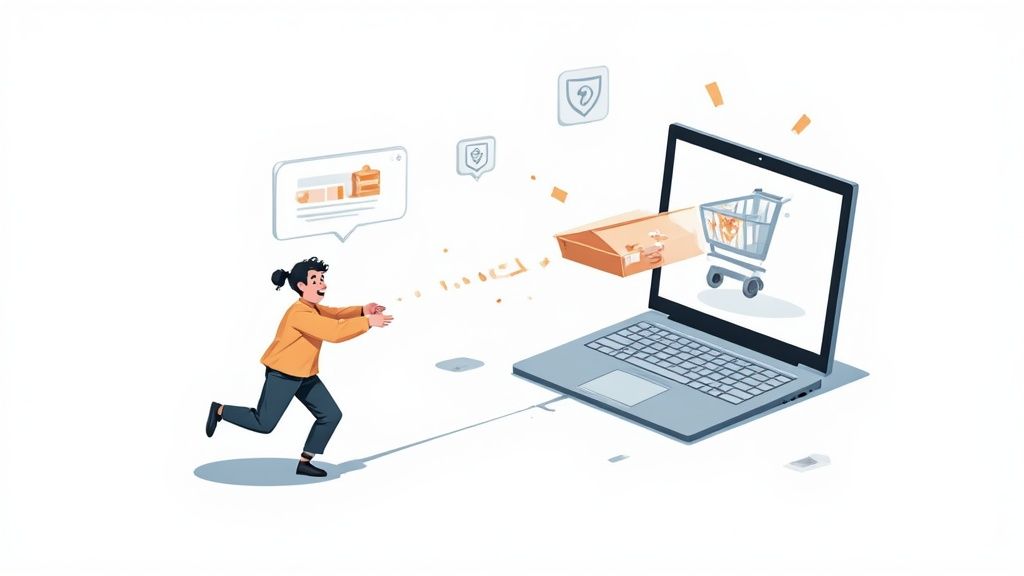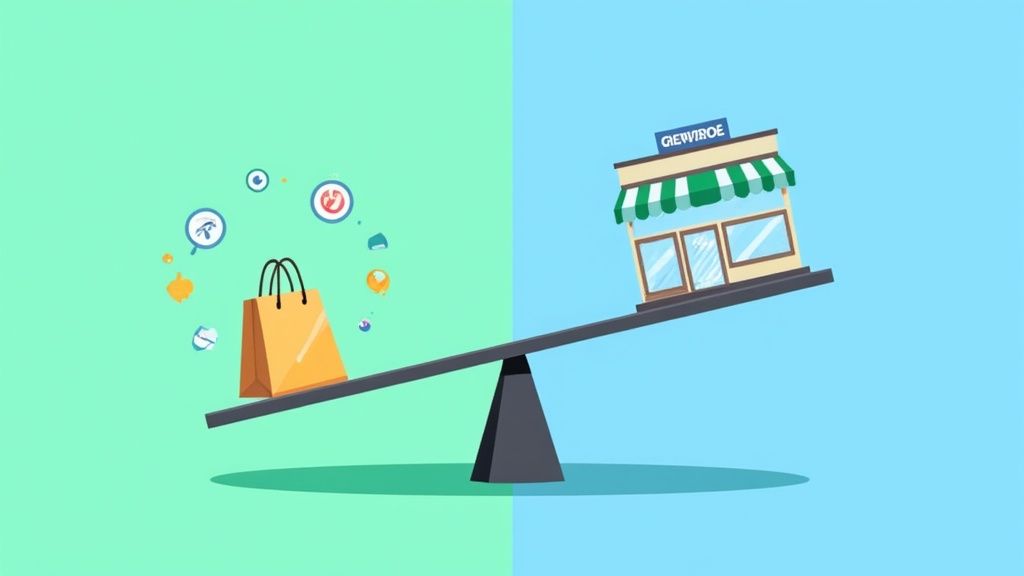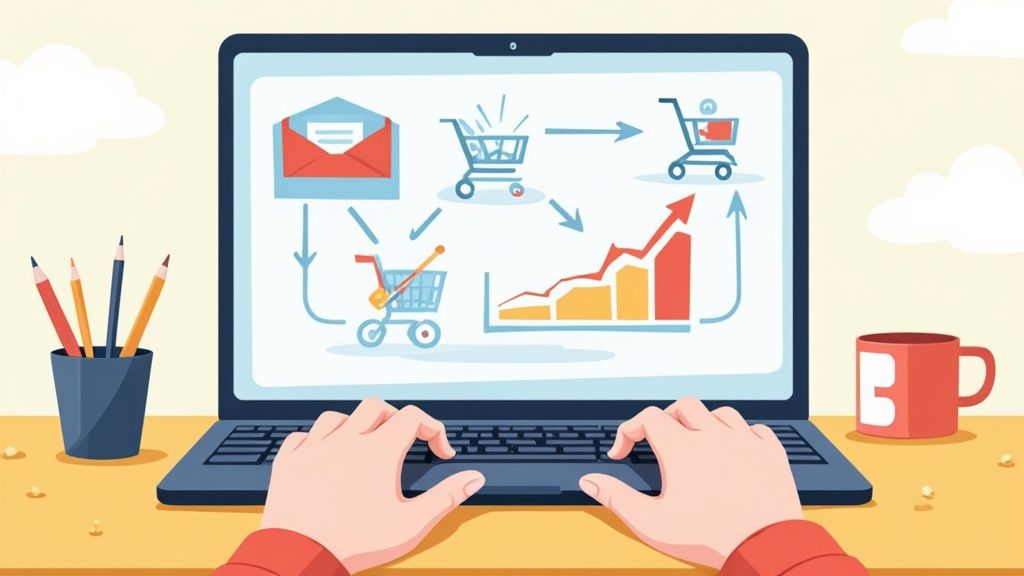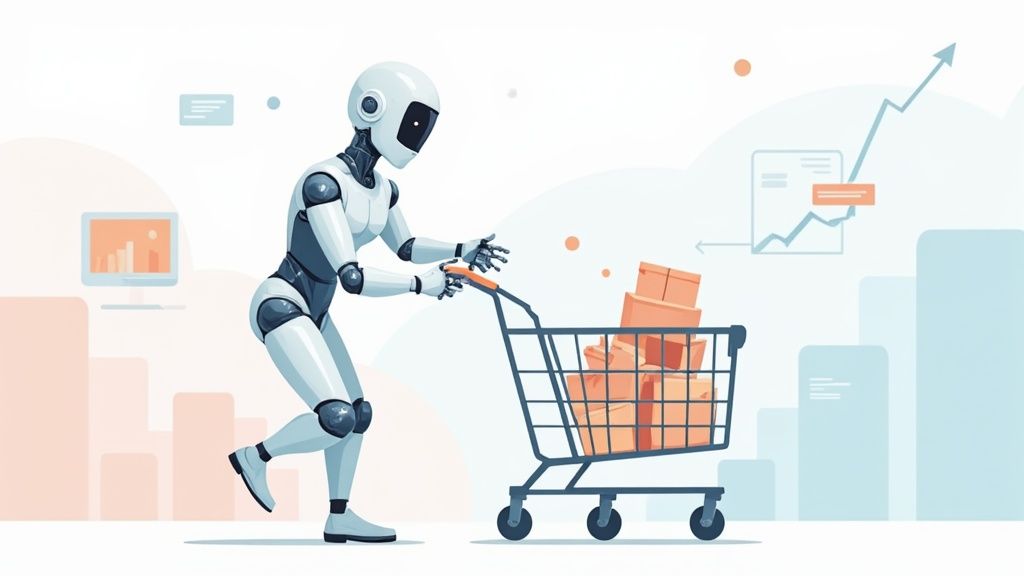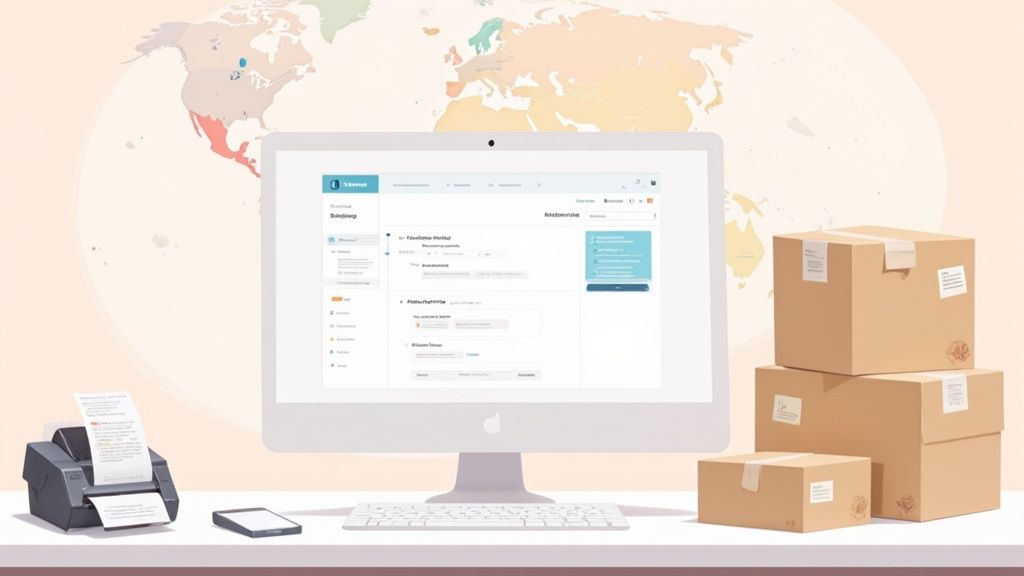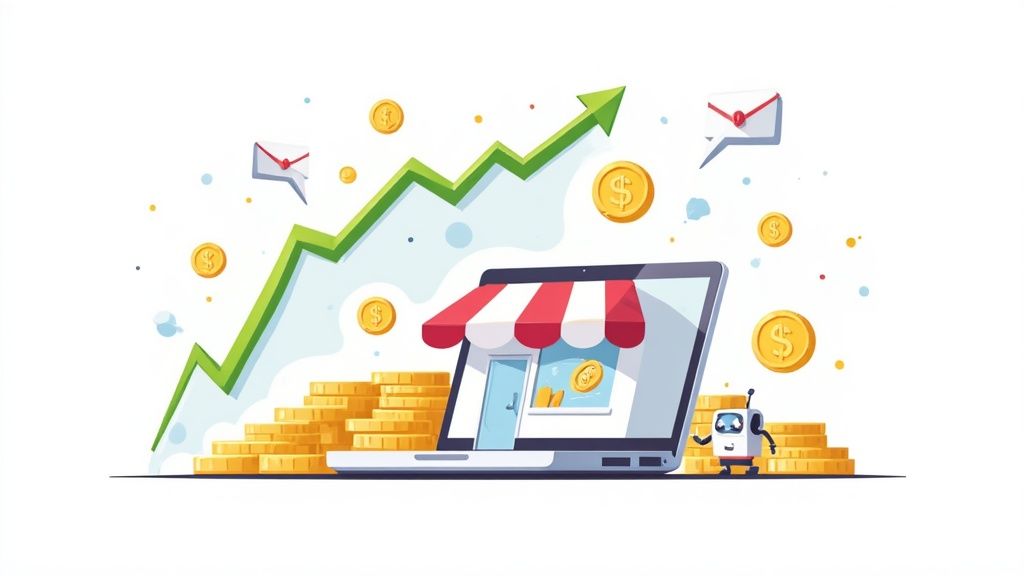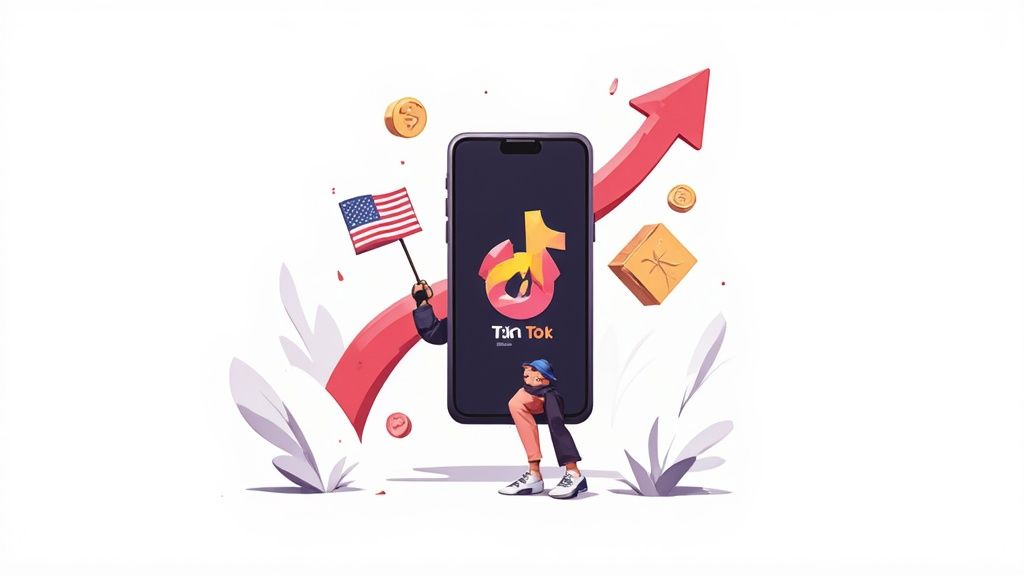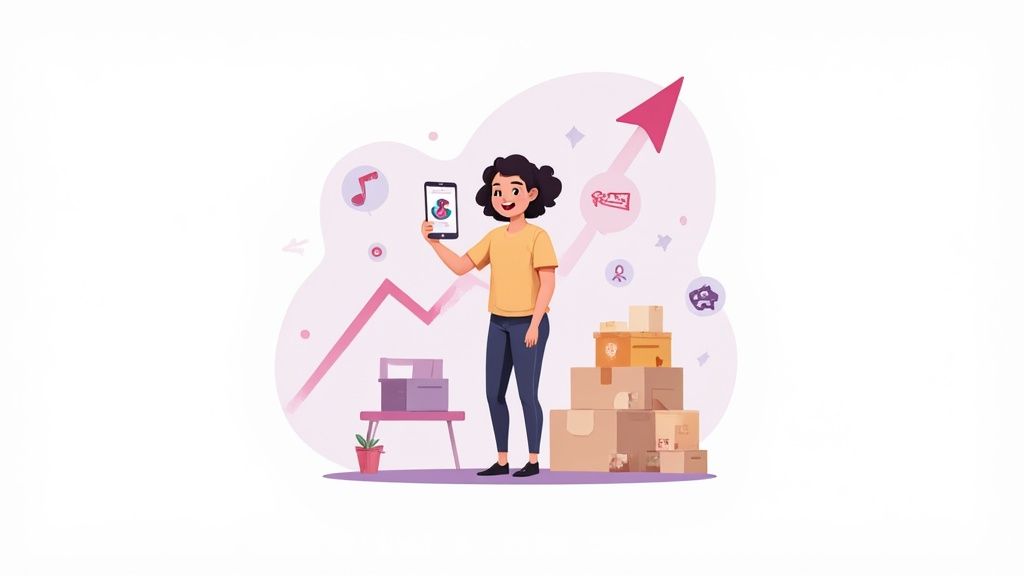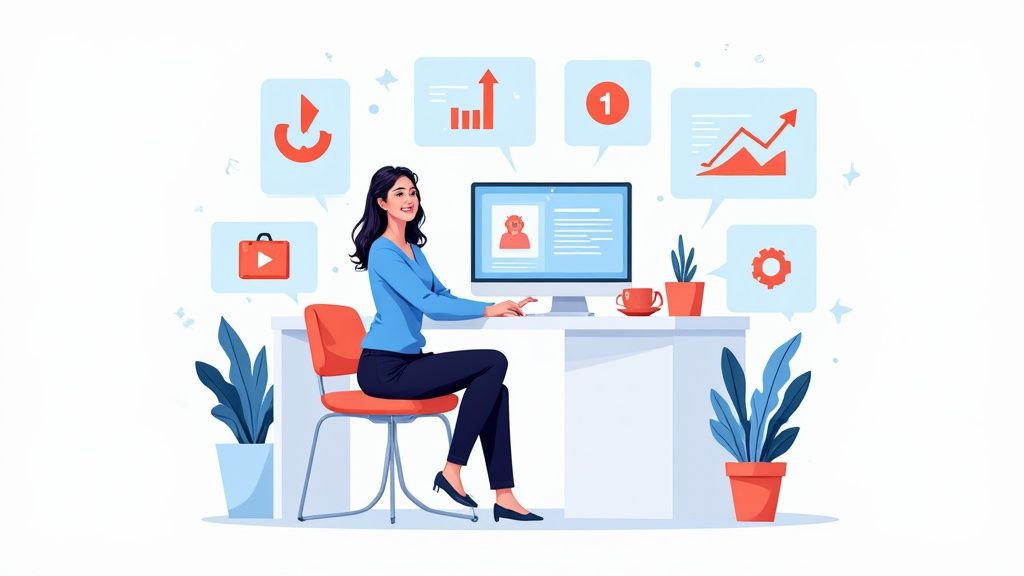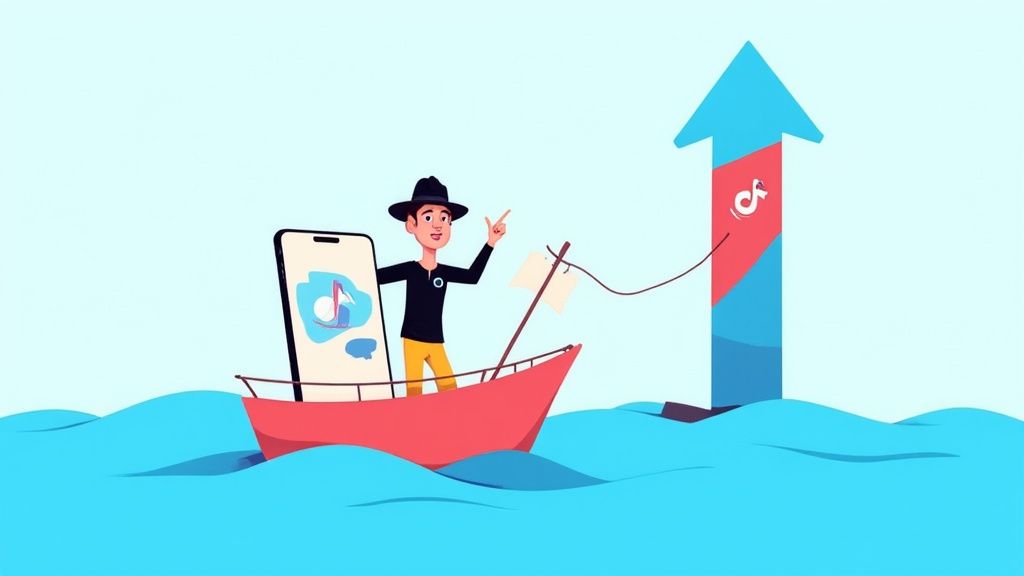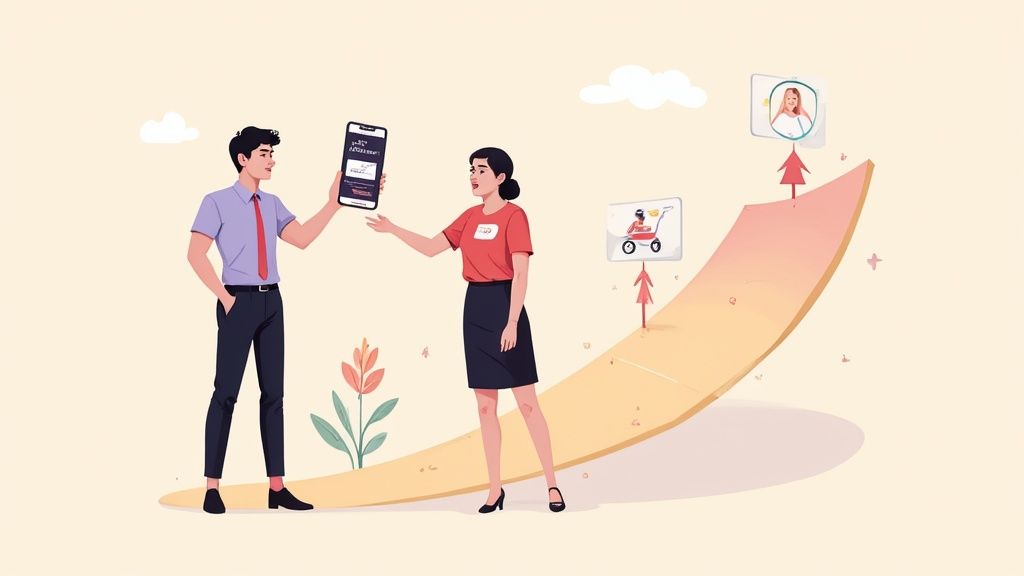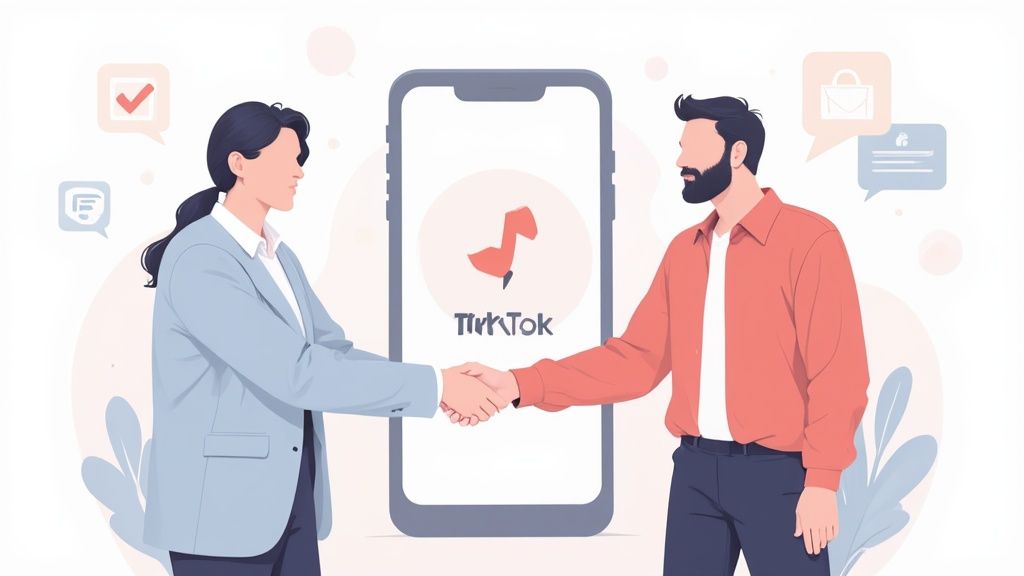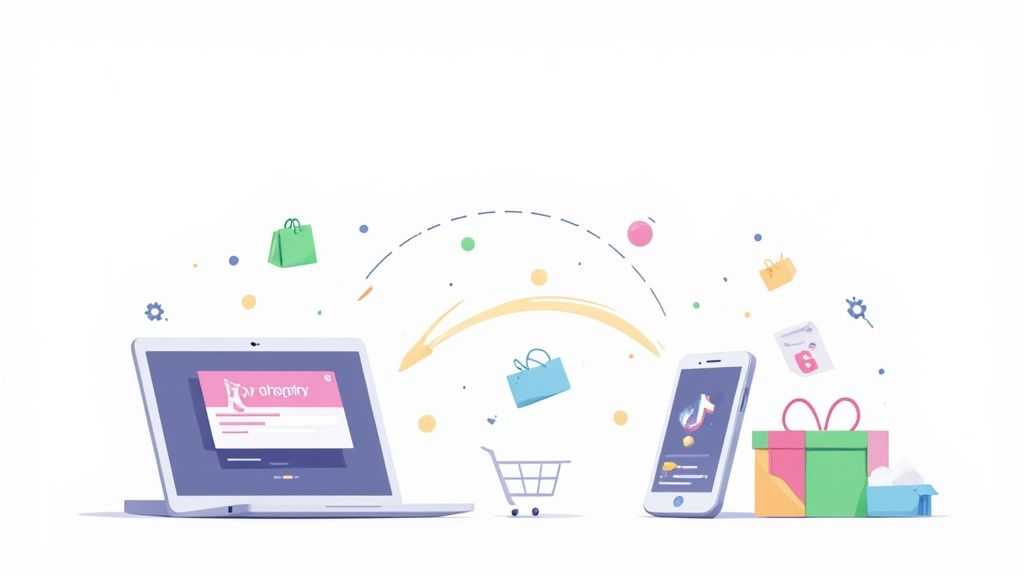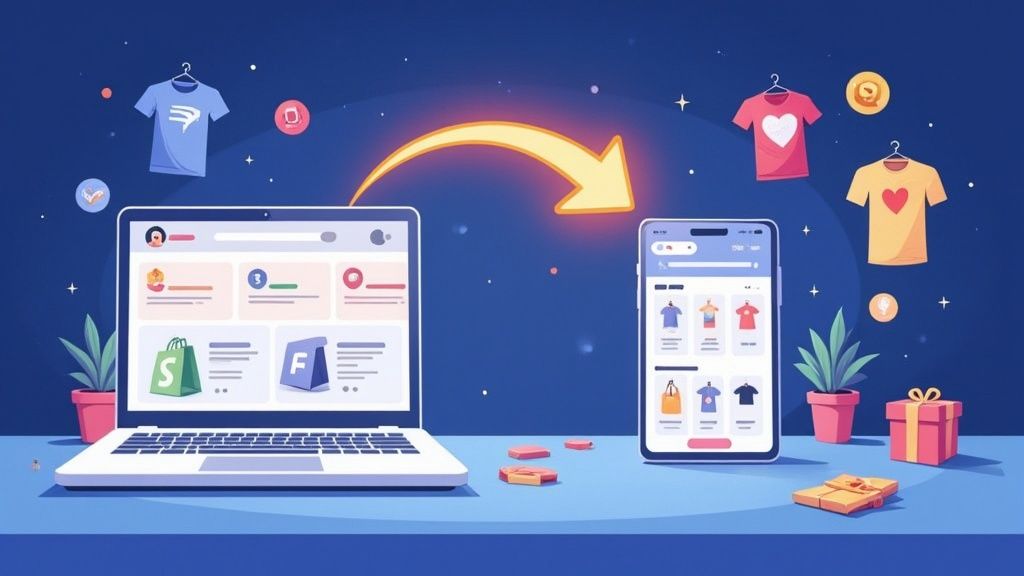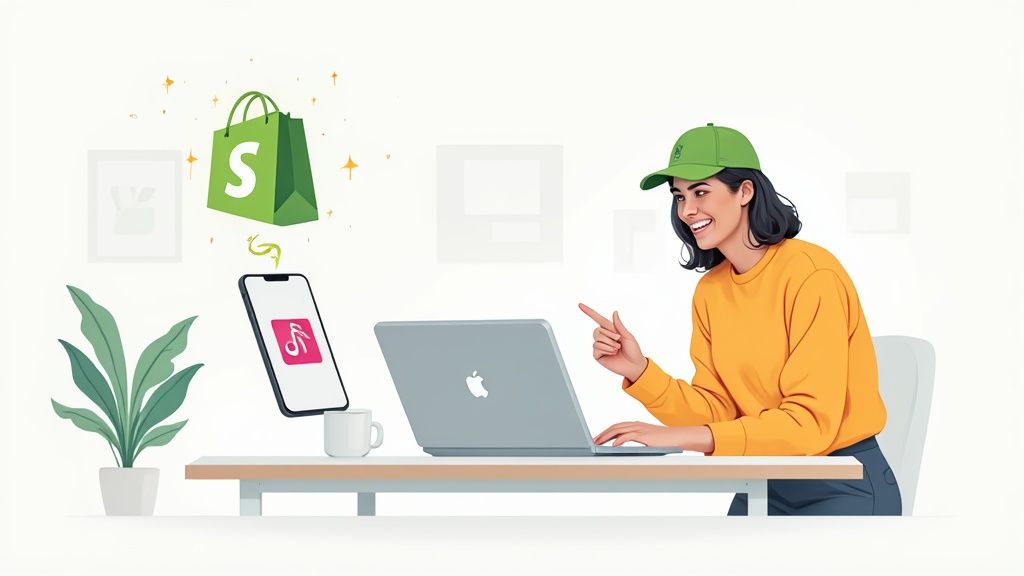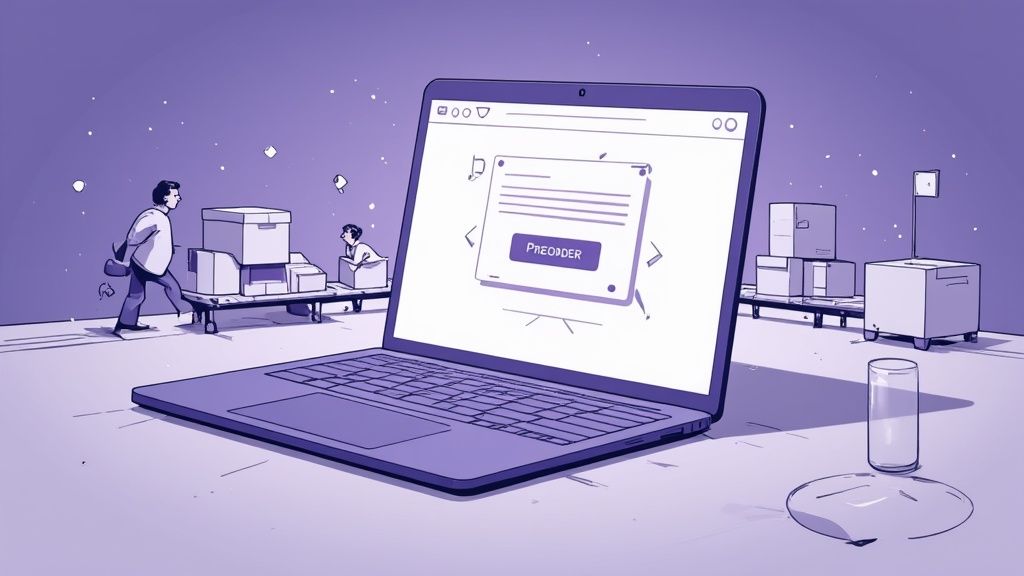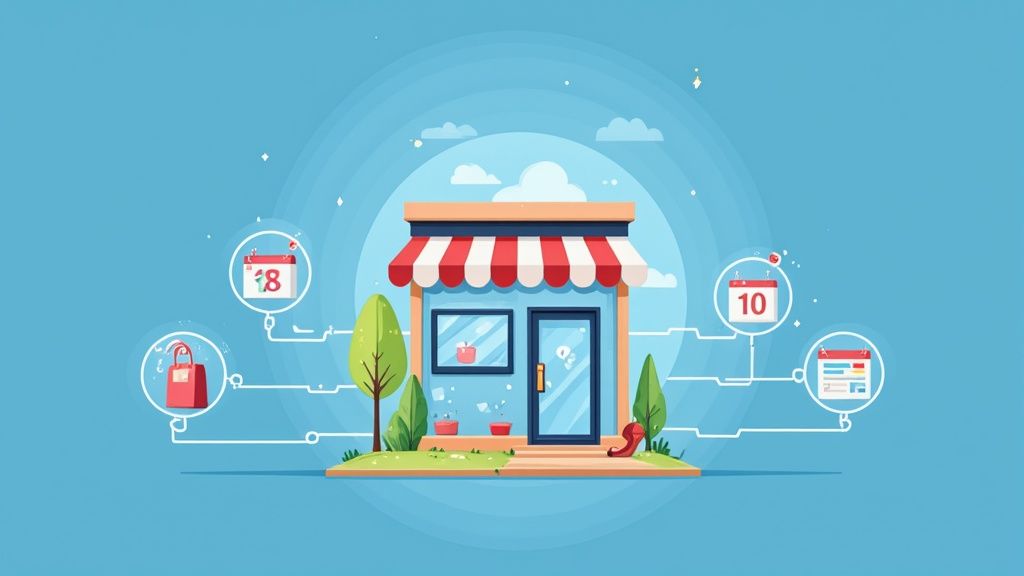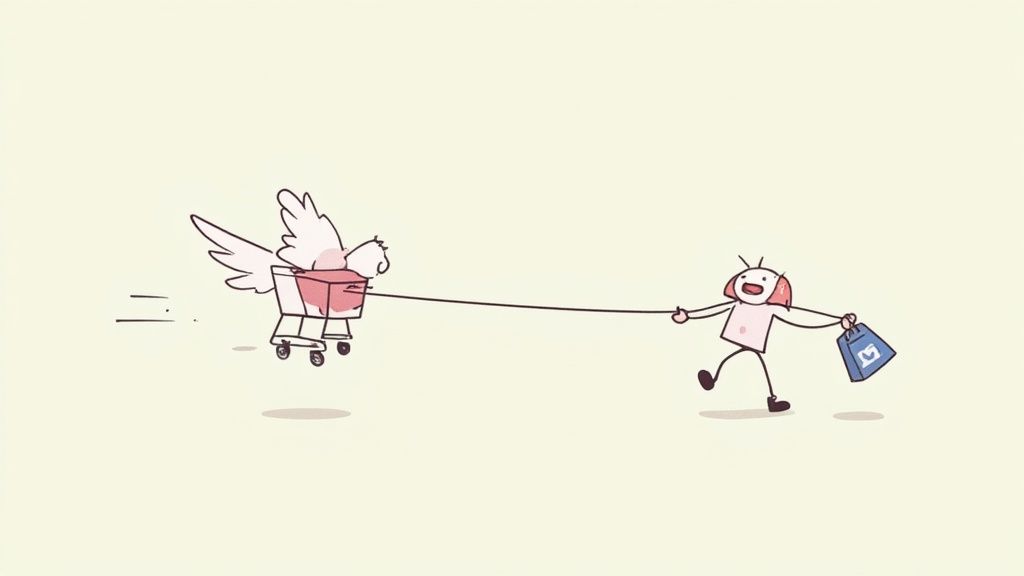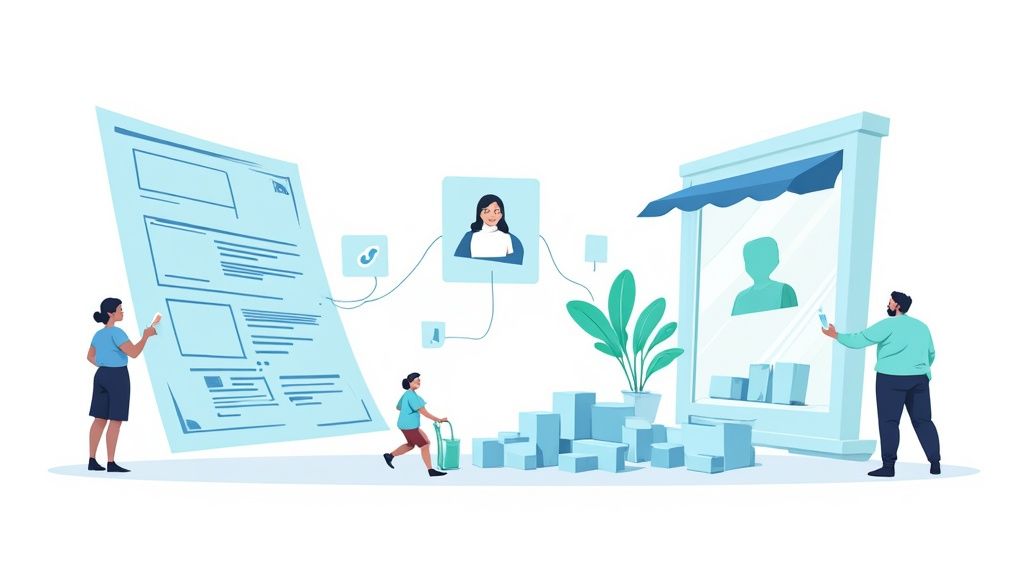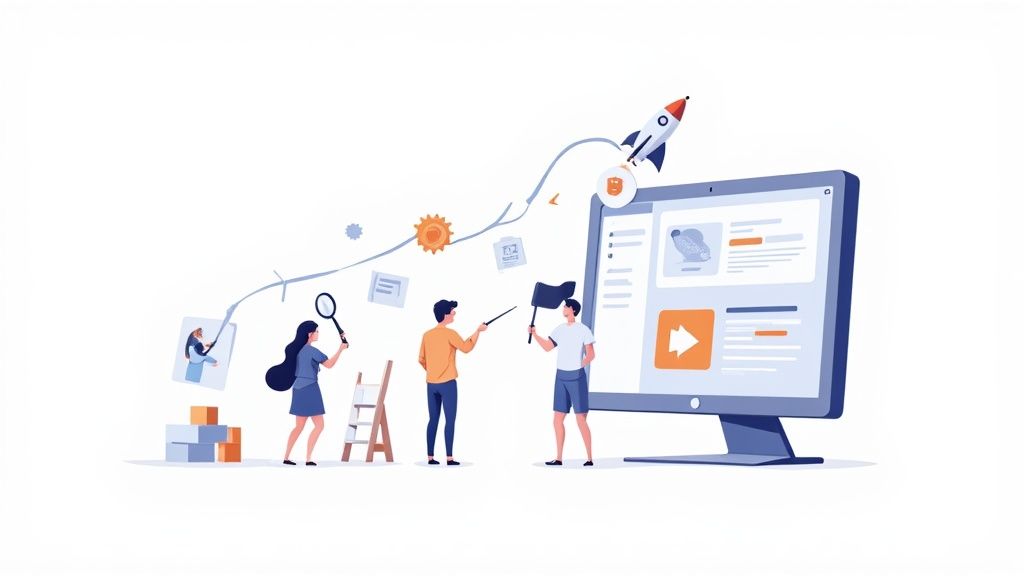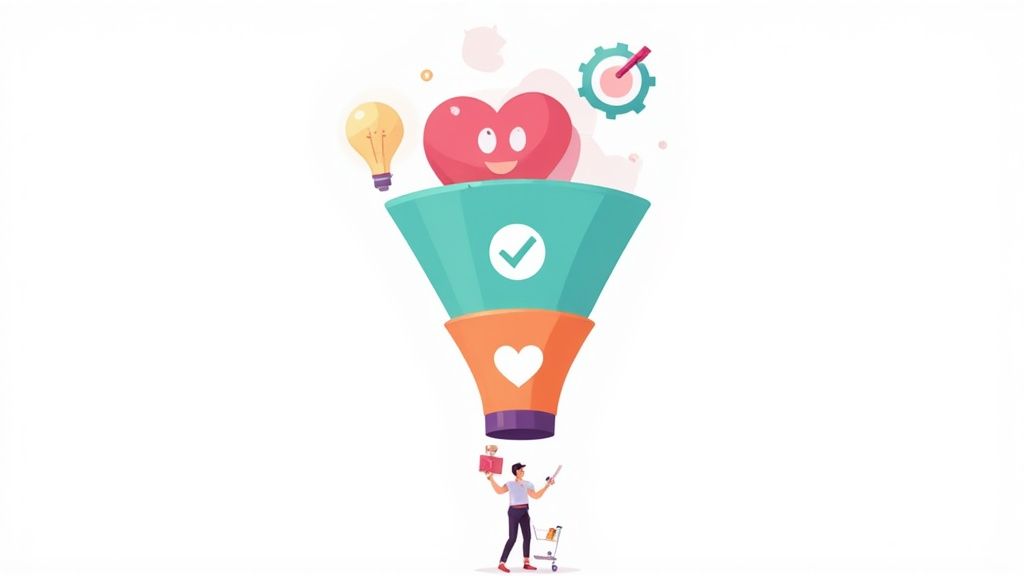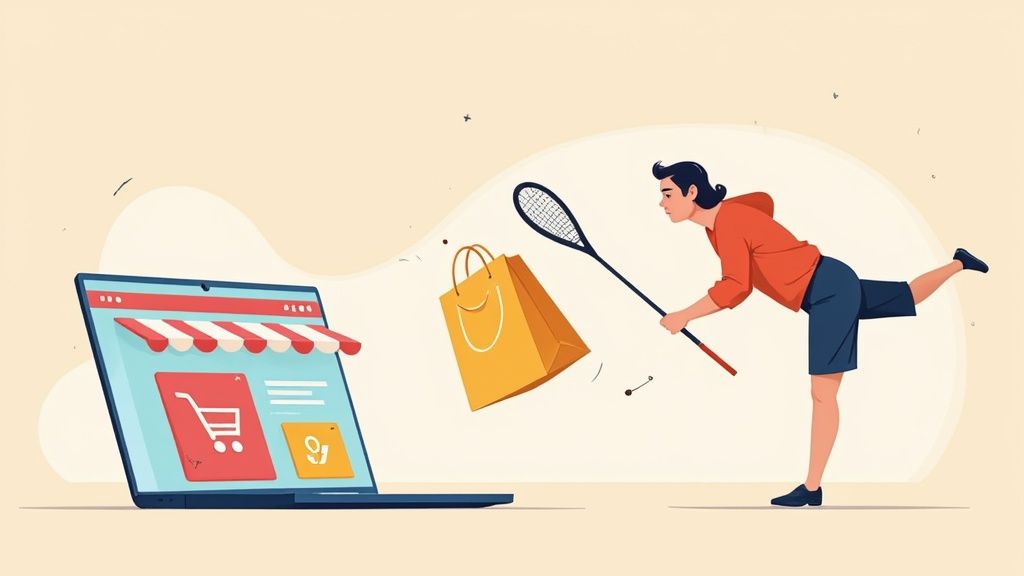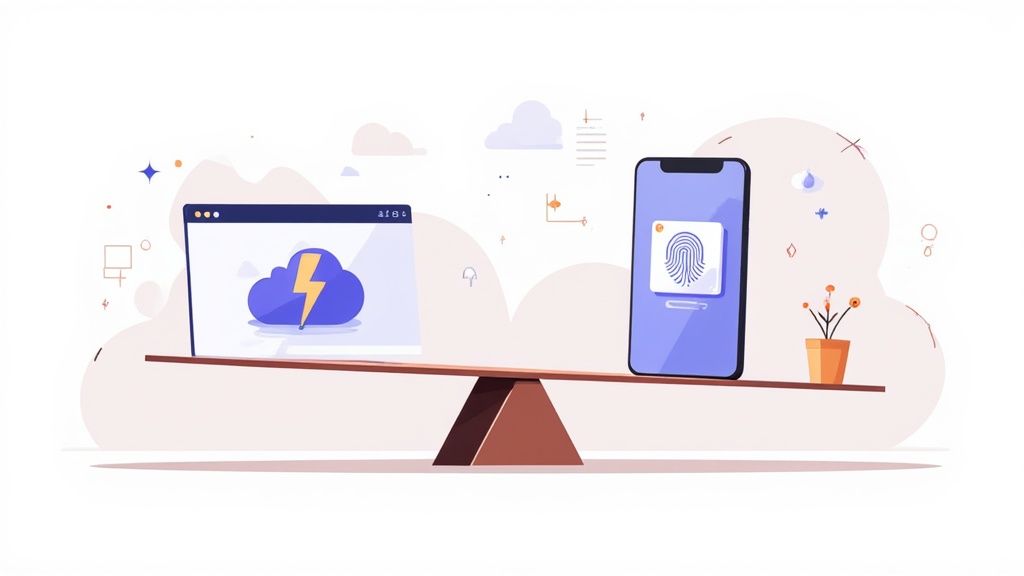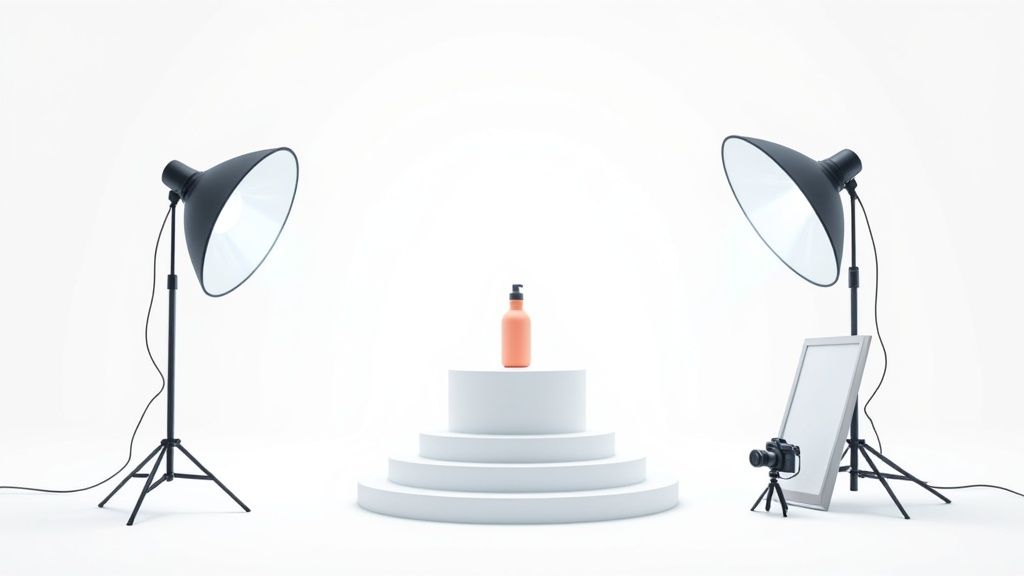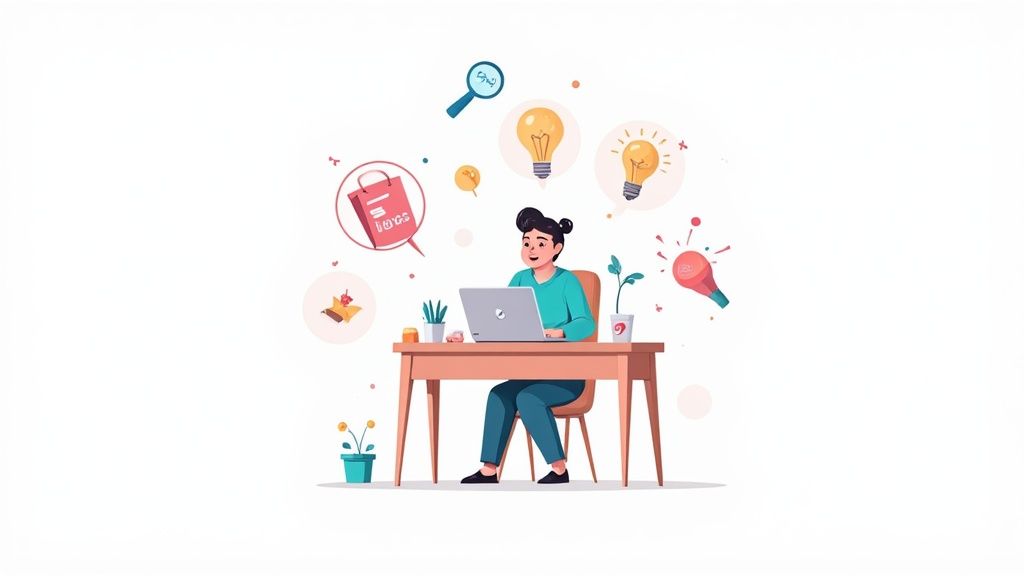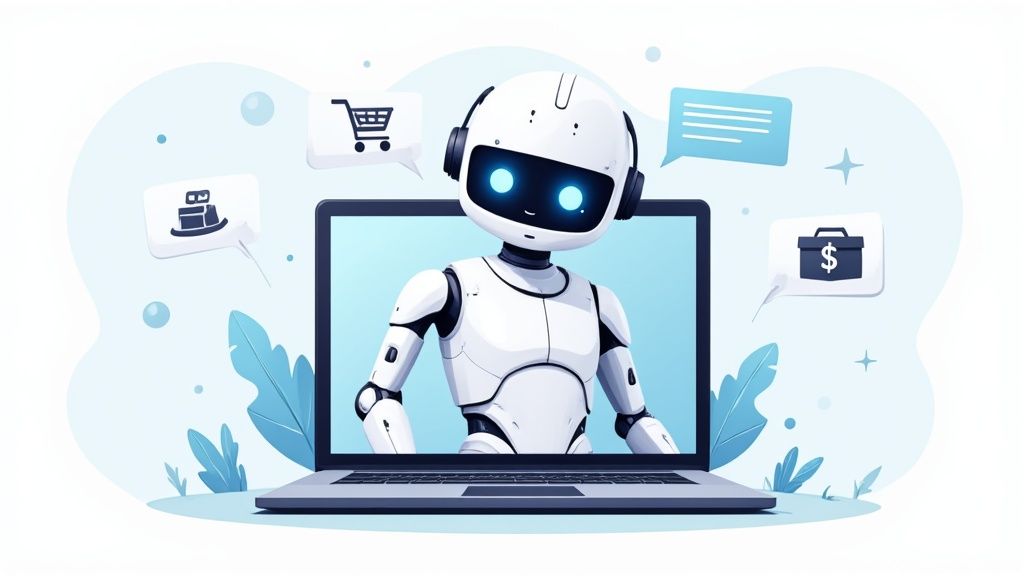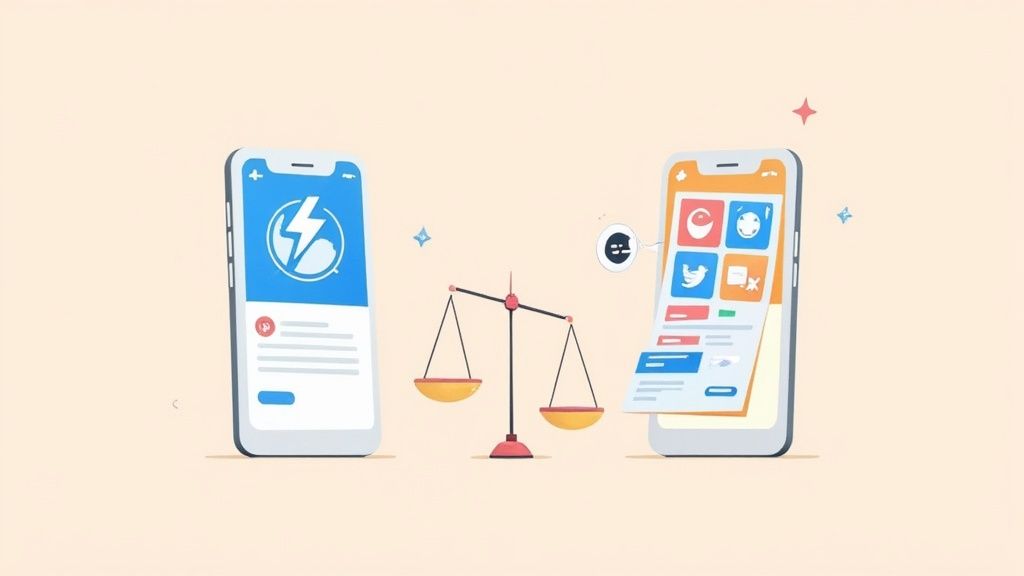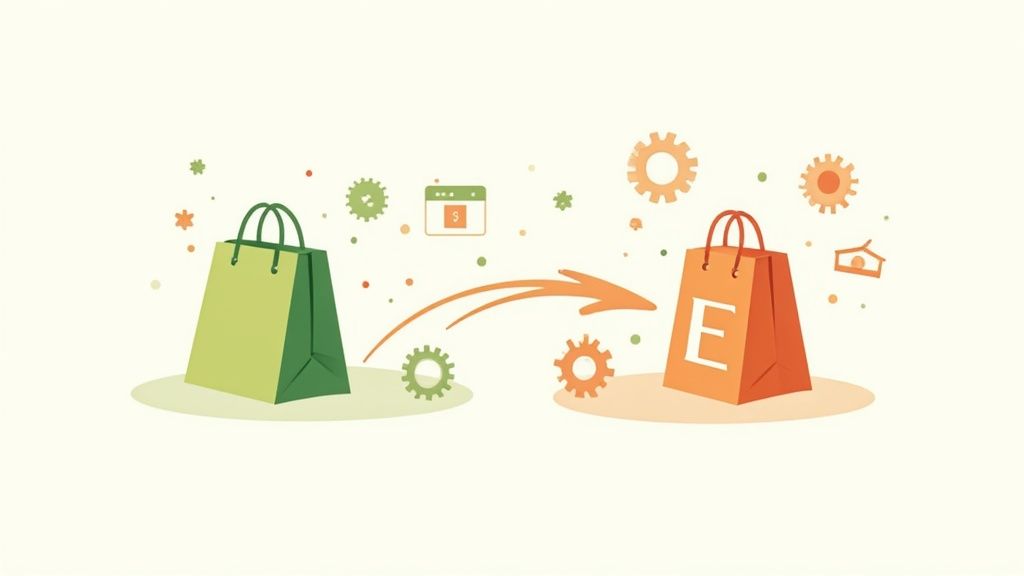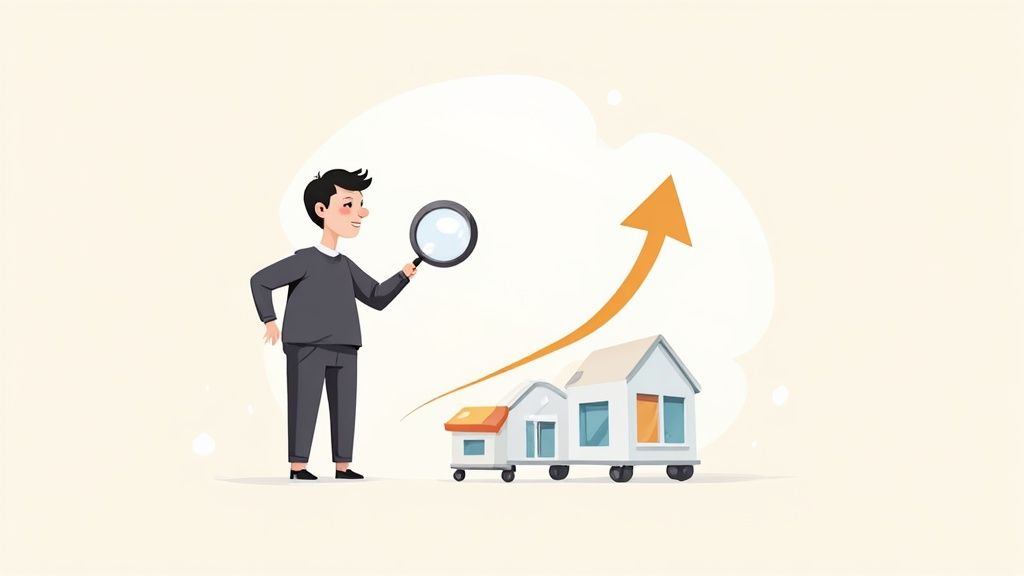
Retail marketers have typically placed a greater focus on acquisition than retention. They've prioritized gaining new customers over retaining existing ones (even though we've all heard the phrase that acquiring a new client might cost 5X more than retaining an existing one).
Your clients will have a deeper connection with your business when you concentrate on adding value and cultivating enduring loyalty. Additionally, a 5% improvement in customer retention can boost your earnings by 25–95%. By prioritizing retention over acquisition, you'll not only enhance customers' interactions with your business but also increase sales.
We'll go through several important areas you can concentrate on to improve customer retention.
Email and SMS
The old-world method of batch and blast email may not entirely be gone, but consumers are tired of it. Everyone's inbox is overflowing with emails. You need to consider who your consumers are and demonstrate that you comprehend their wants if you want to save them a ton of time and hassle.
Tip #1: Using segmentation and flows
The greatest method to communicate with your customers in a way that matters to them and gives them the impression that your business is paying attention to them is through segmentation.
Tip #2: Building habits
When we discuss repeat business, we are asking a customer to make the same purchase repeatedly. In essence, you are creating a habit. And implementing a rewards or loyalty program is one method to achieve that.
Tip #3: Send a customized post-purchase flow
The smallest thing you can do to significantly improve your repeat client experience is to tailor your post-purchase flows for them.
Order tracking
Designing your transactional emails and order tracking pages around delivering value and promoting repeat purchases is one of the most natural methods to increase your client retention during the post-purchase customer experience.
Tip #1: Don't send stock order, shipping, and delivery emails
Everybody has seen those boring email templates that resemble Dwight Schrute from The Office celebrating Kelly Kapoor's birthday. Your order-tracking emails have so much more potential to be educational, amusing, kind, or even thrilling.
Tip #2: Don't link to your carrier's tracking page
Similar to the last point, eCommerce companies have been sending users to carrier websites for far too long. Shouldn't they visit your website to track their order if they are one of your customers? When you do this, you not only give your customers a disjointed post-purchase experience, but you also lose out on a significant revenue opportunity.
Returns
Returns are a typical occurrence in eCommerce, affecting up to 40% of all transactions and generating 5 billion pounds of landfill garbage annually.
Returns are frequently viewed as an expensive annoyance by retailers, but brands are missing the chance to use returns as a method to enhance the customer experience, encourage more repeat business, and increase retained income from returns.
Tip #1: Spotlight your flexibility during the post-purchase window
After a consumer makes a purchase but before they receive their item, you can let them know that it's simple to exchange a buy for a different one if they are unhappy with it.
Tip #2: Make returns easy for the customer
Simplify tax returns as much as you can: Include a link to your return policy in your post-purchase branded emails and SMS communications, and keep your return policy concise.
Tip #3: Optimize for exchanges
You'll be able to keep more of the money your consumers spend by encouraging them to swap their goods rather than asking for refunds. You can automatically provide pertinent recommendations for exchanges if you use a platform that asks clients why they're returning an item. For example, if a bikini was too small, you could offer the next size up.
Upsells
Let's be clear: Some of the simplest strategies to raise AOV and improve revenue are intelligent upselling and cross-selling. Online stores of all sizes benefit greatly from cross-selling and upselling.
Tip #1: Invest in data
Make sure each consumer receives a customized post-purchase offer. Building a customized and effective online business requires solid data.
Tip #2: Minimize friction
A single click should be required to complete all of your post-purchase offers. Why? Since one-click post-purchase offers are incredibly convenient and won't affect the first conversion, they are very effective.
Tip #3: Don't fear the discount
Nearly 35% of shoppers say that they favor discounts over free shipping. Additionally, there is never a better opportunity to offer incentives because buy intent increases when a customer completes an order.
Conclusion
The customer journey starts when they learn about your brand, and you decide how it will end. The main lesson you should take away from this book is that there are lots of fun ways to interact with your consumers after they make a purchase.
The greatest companies will approach client retention holistically, considering every stage of the way.






